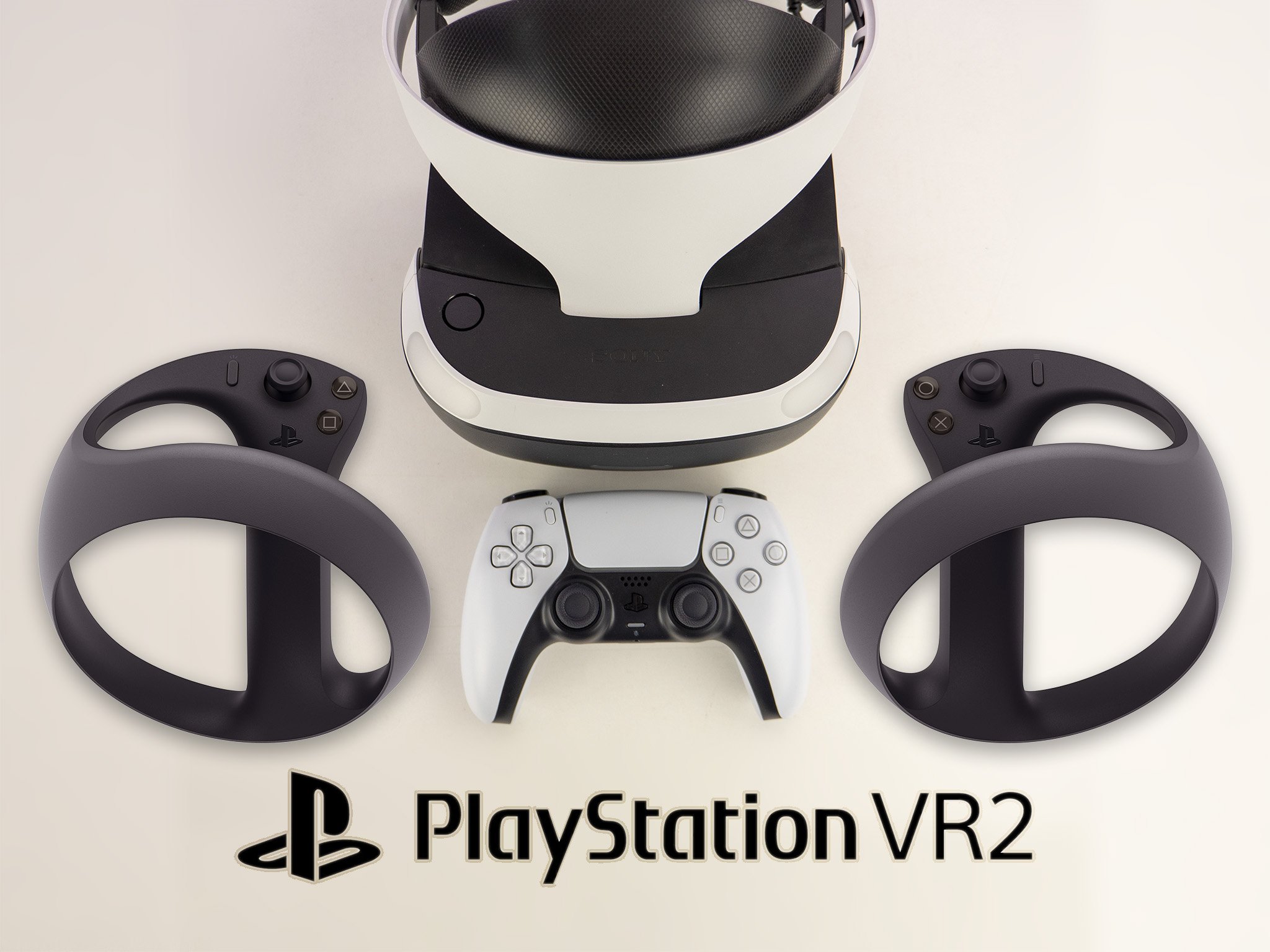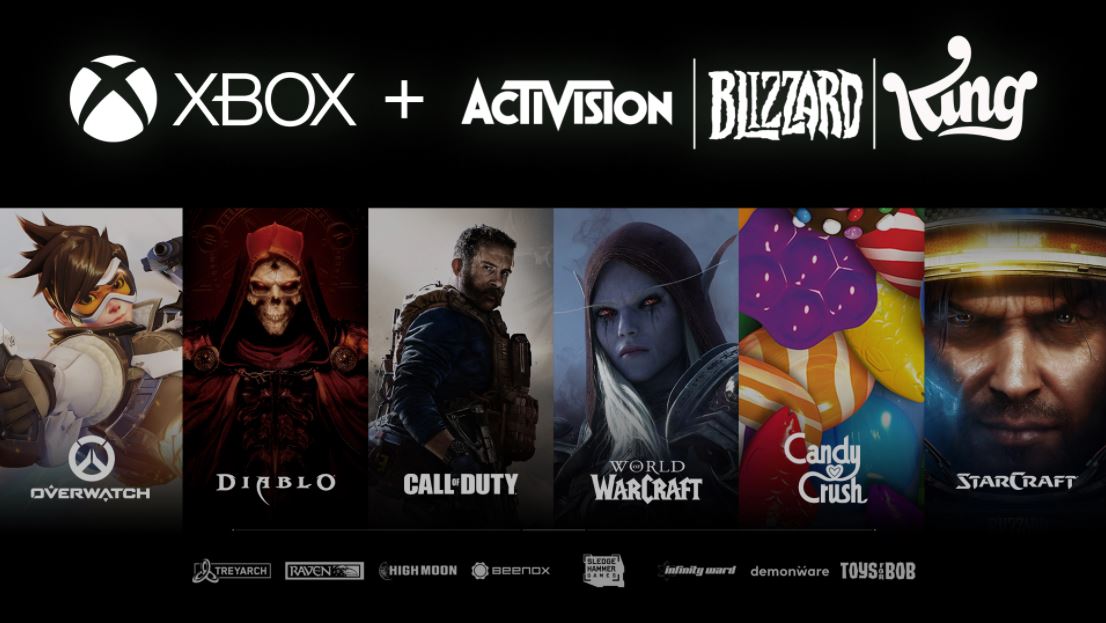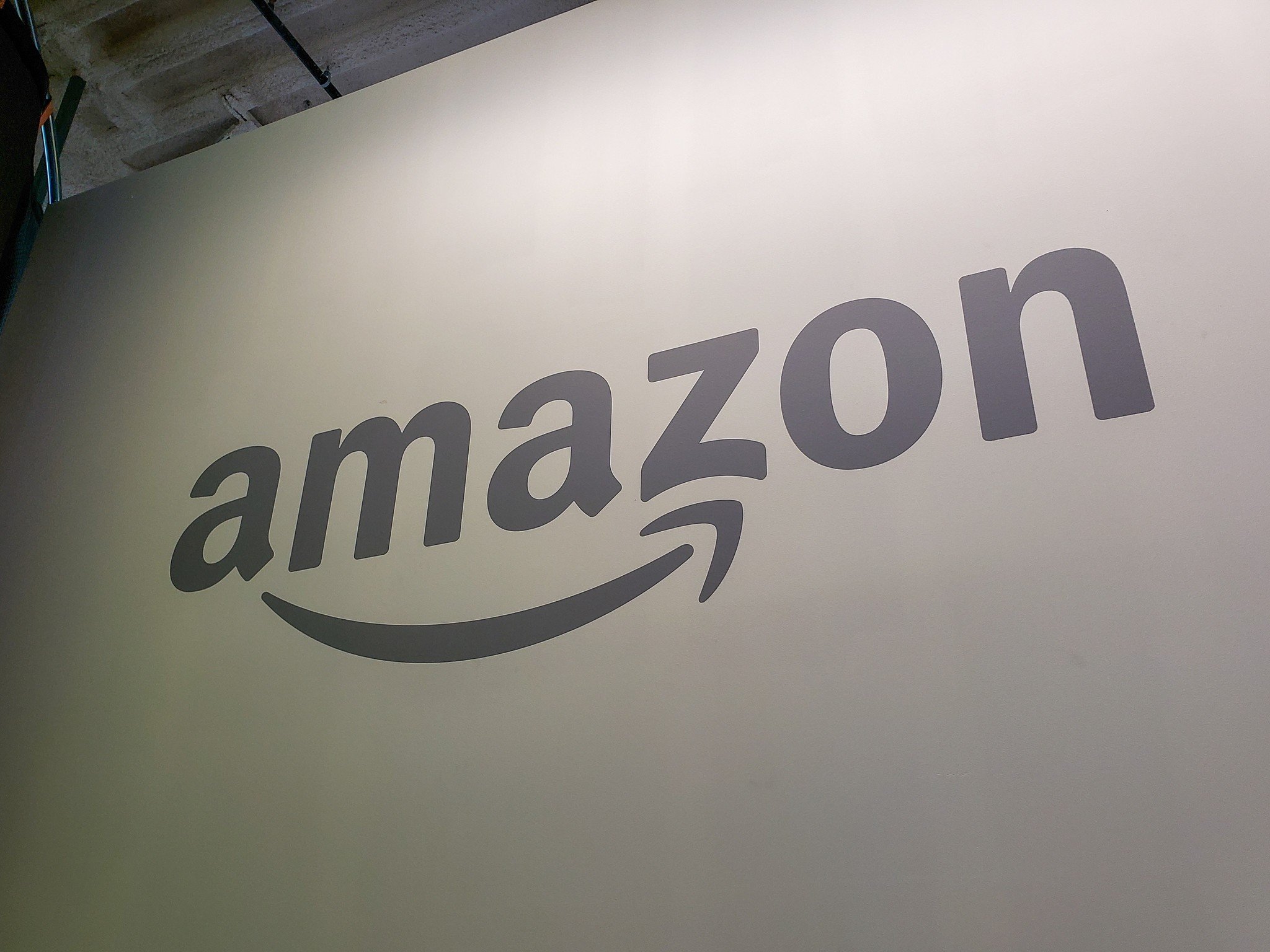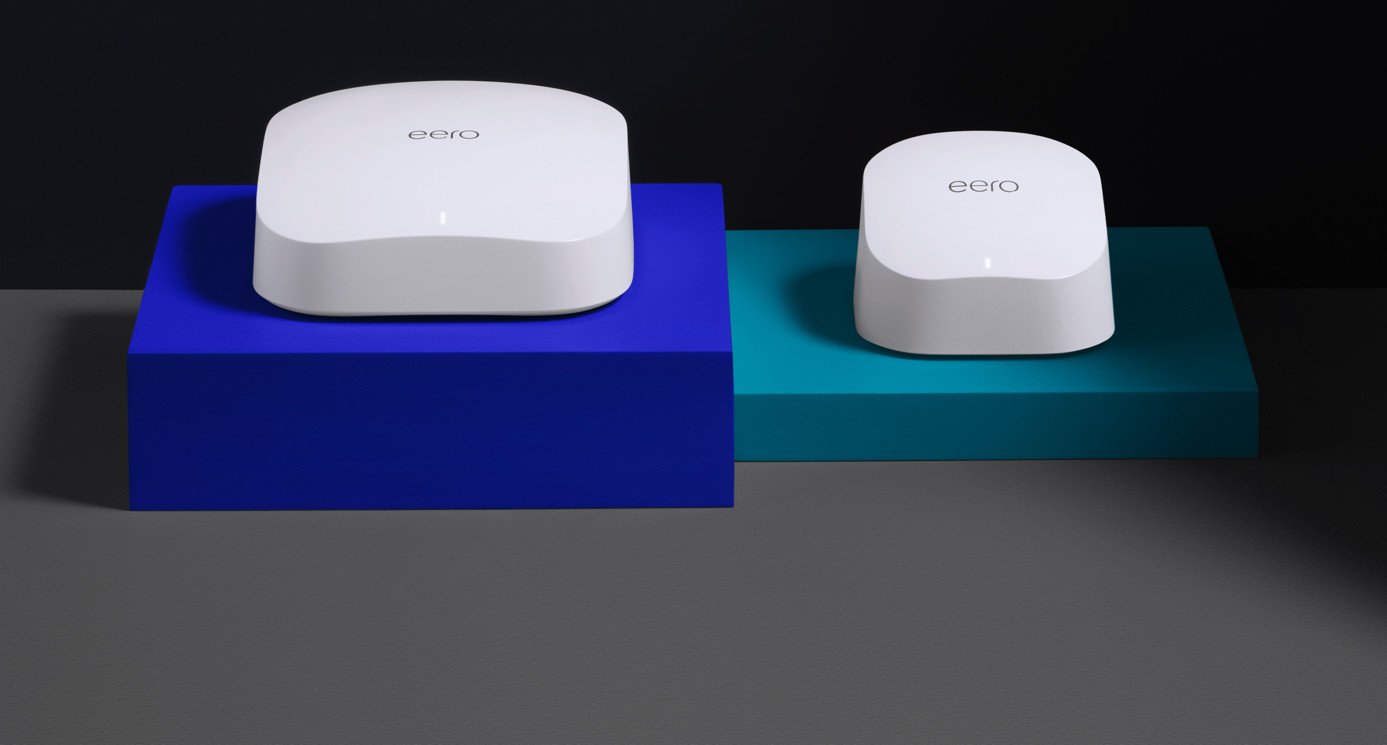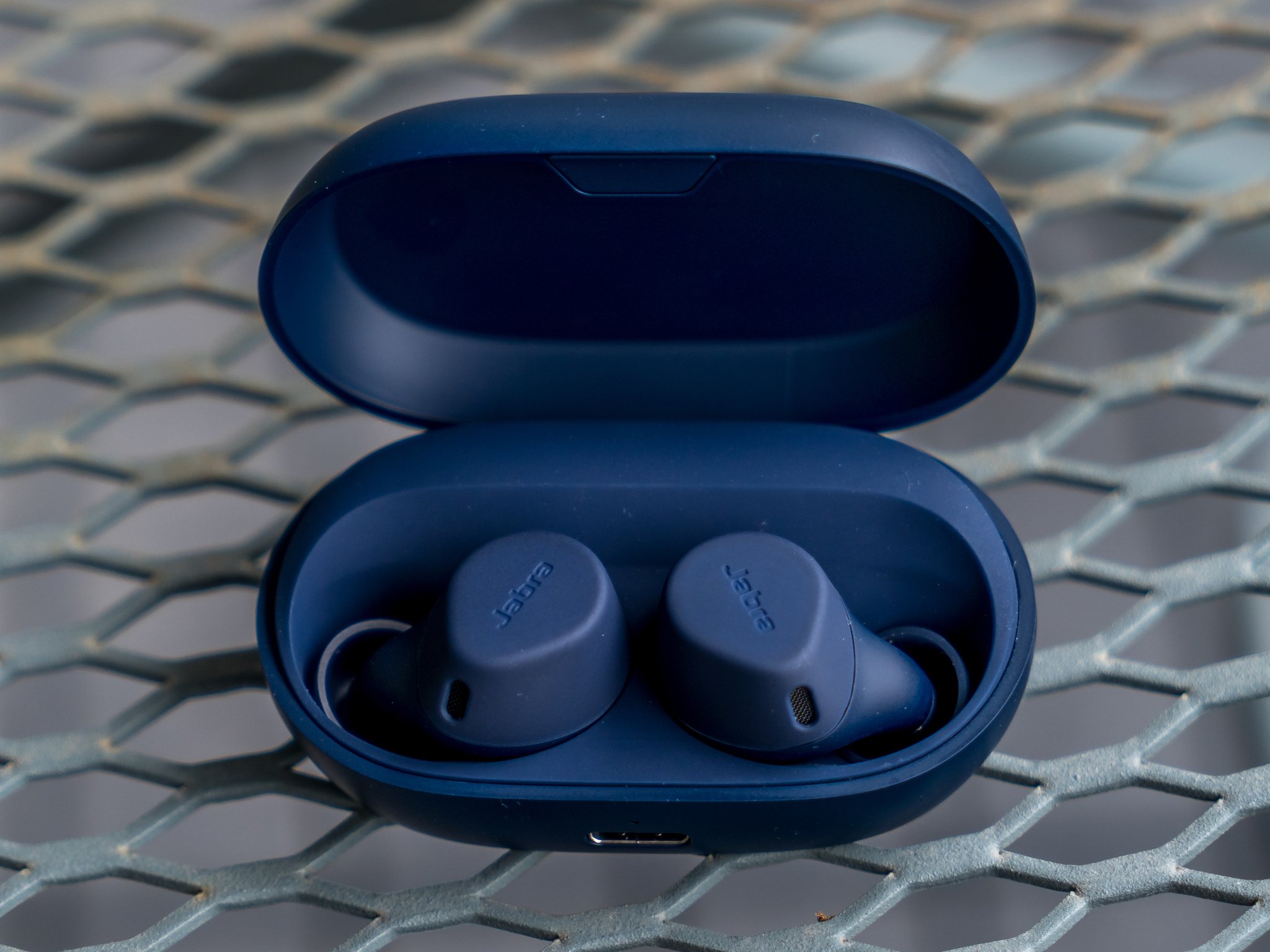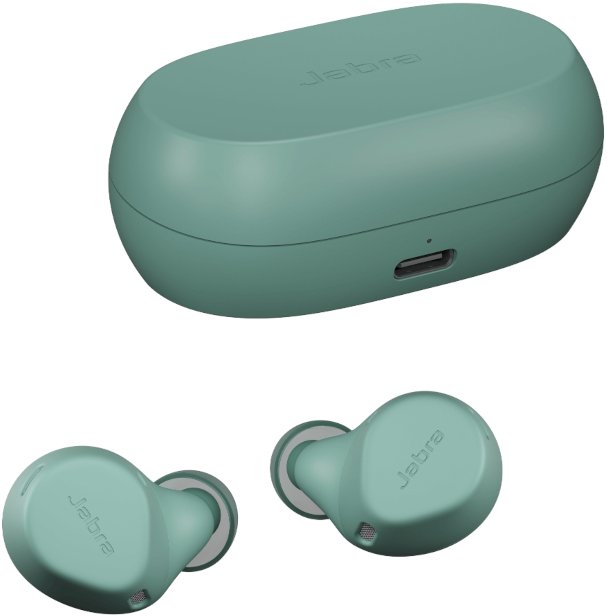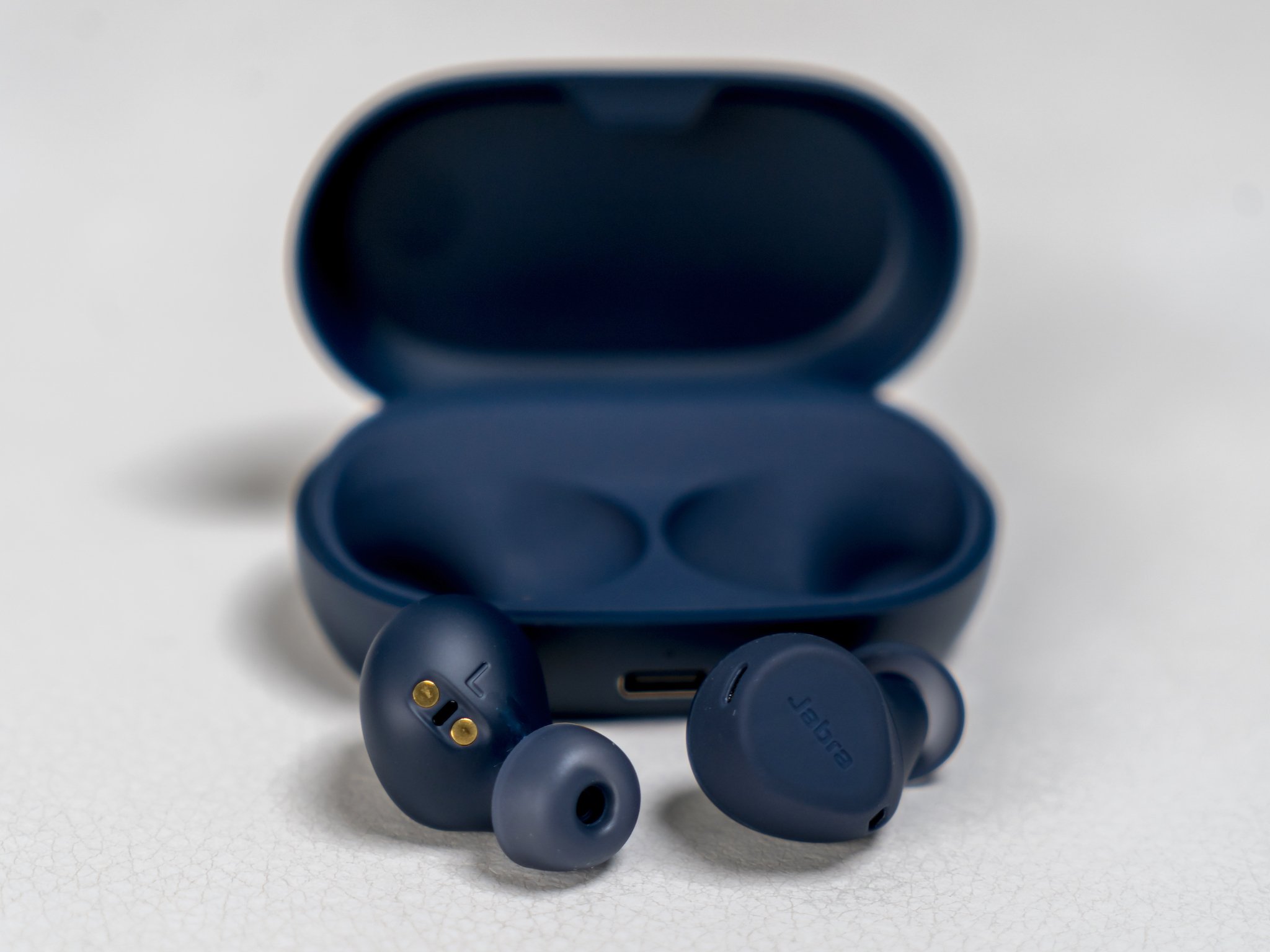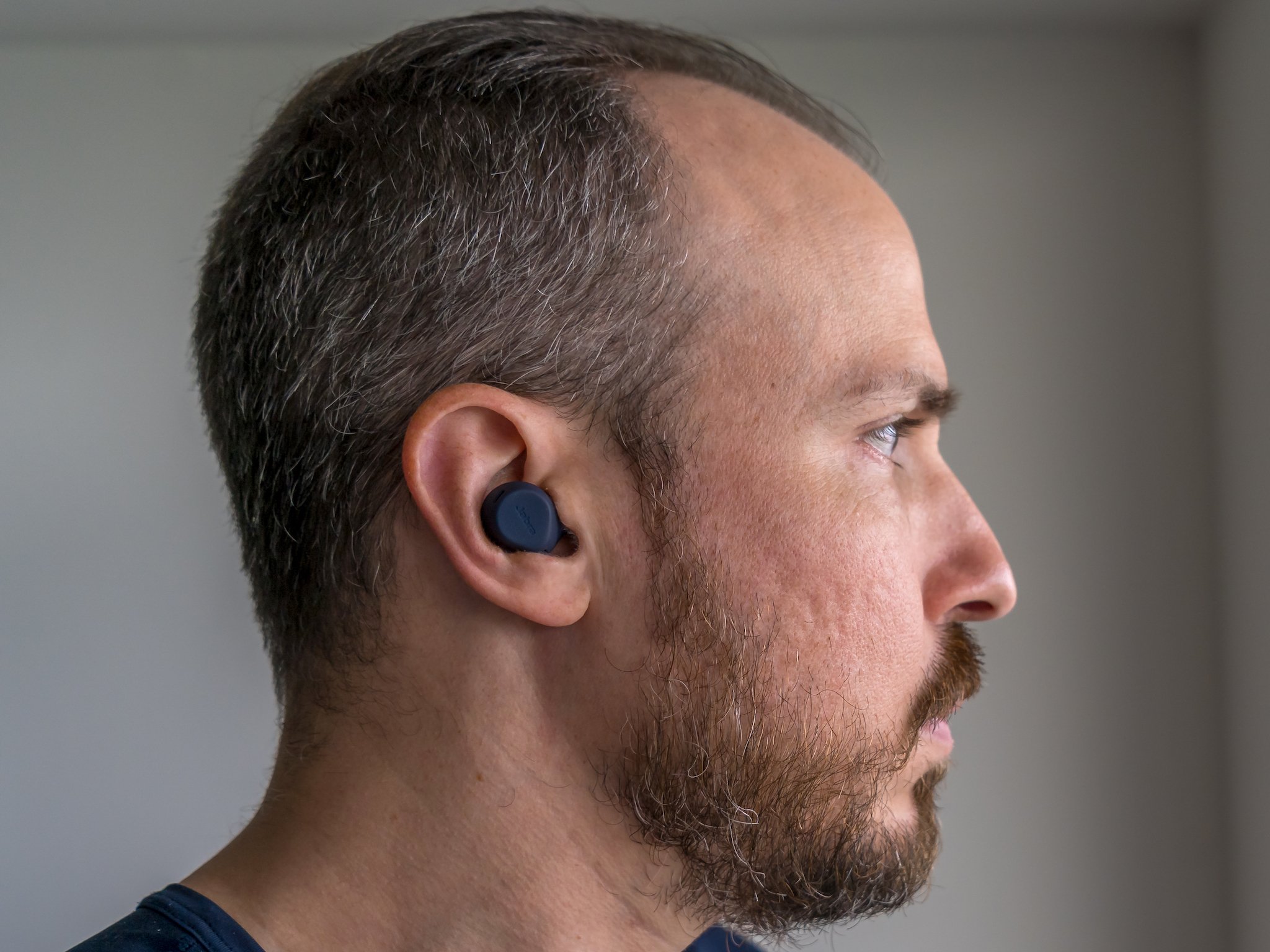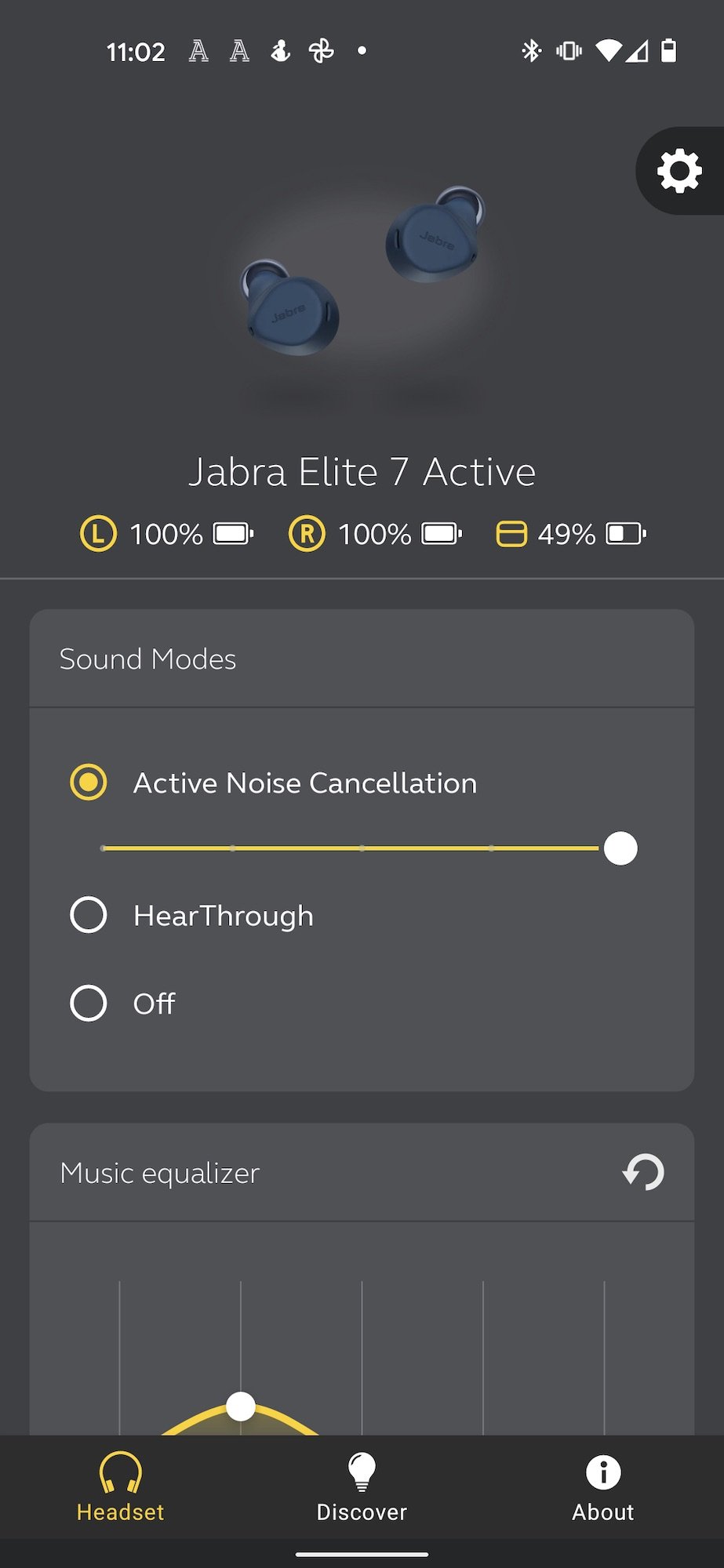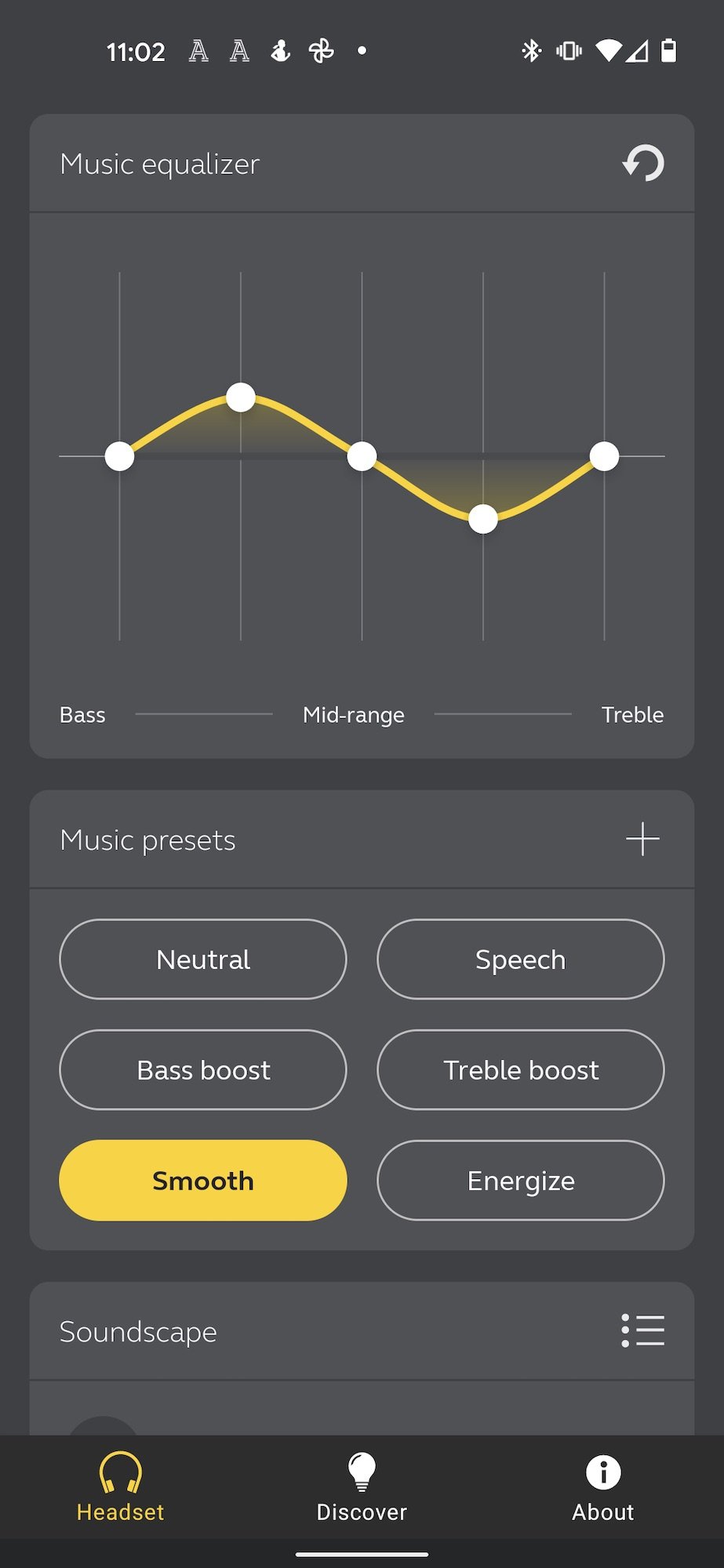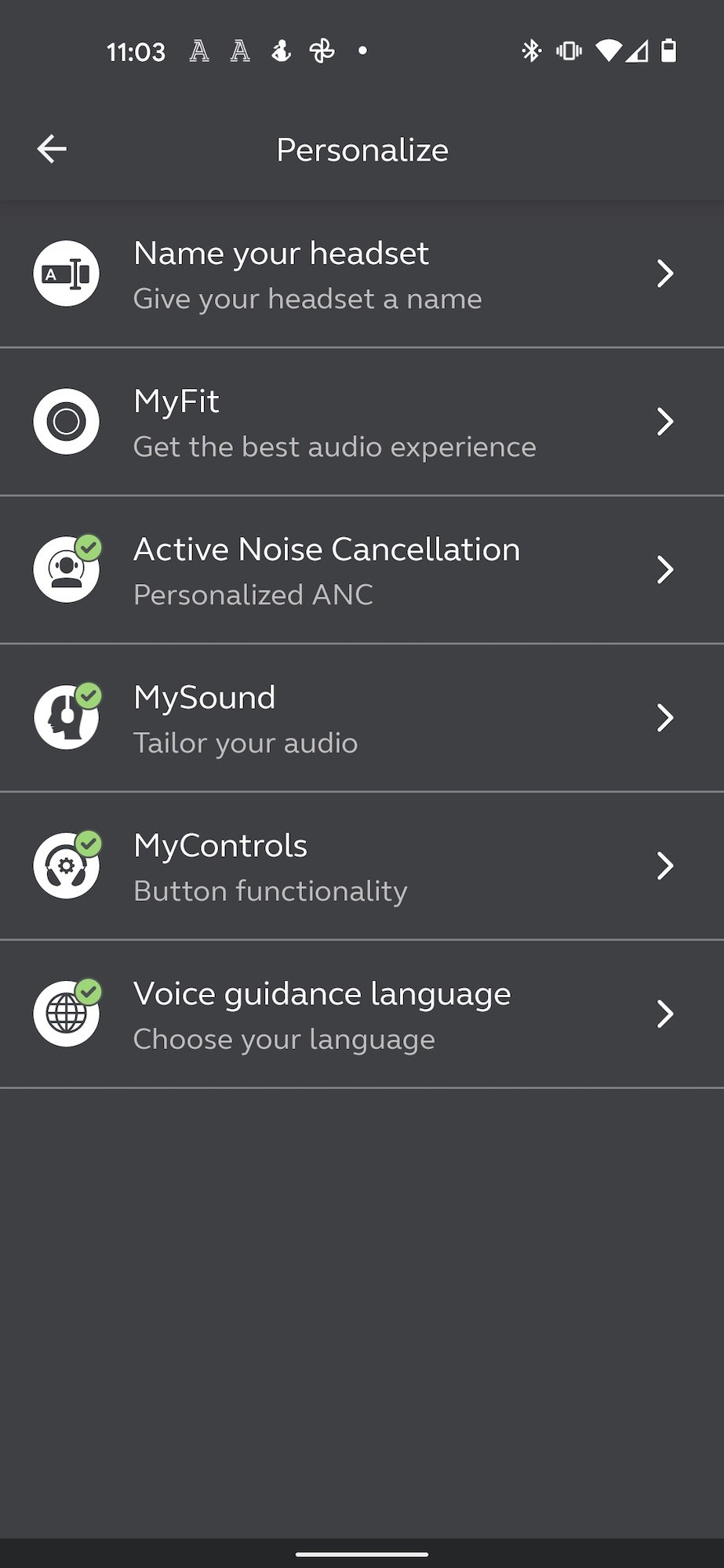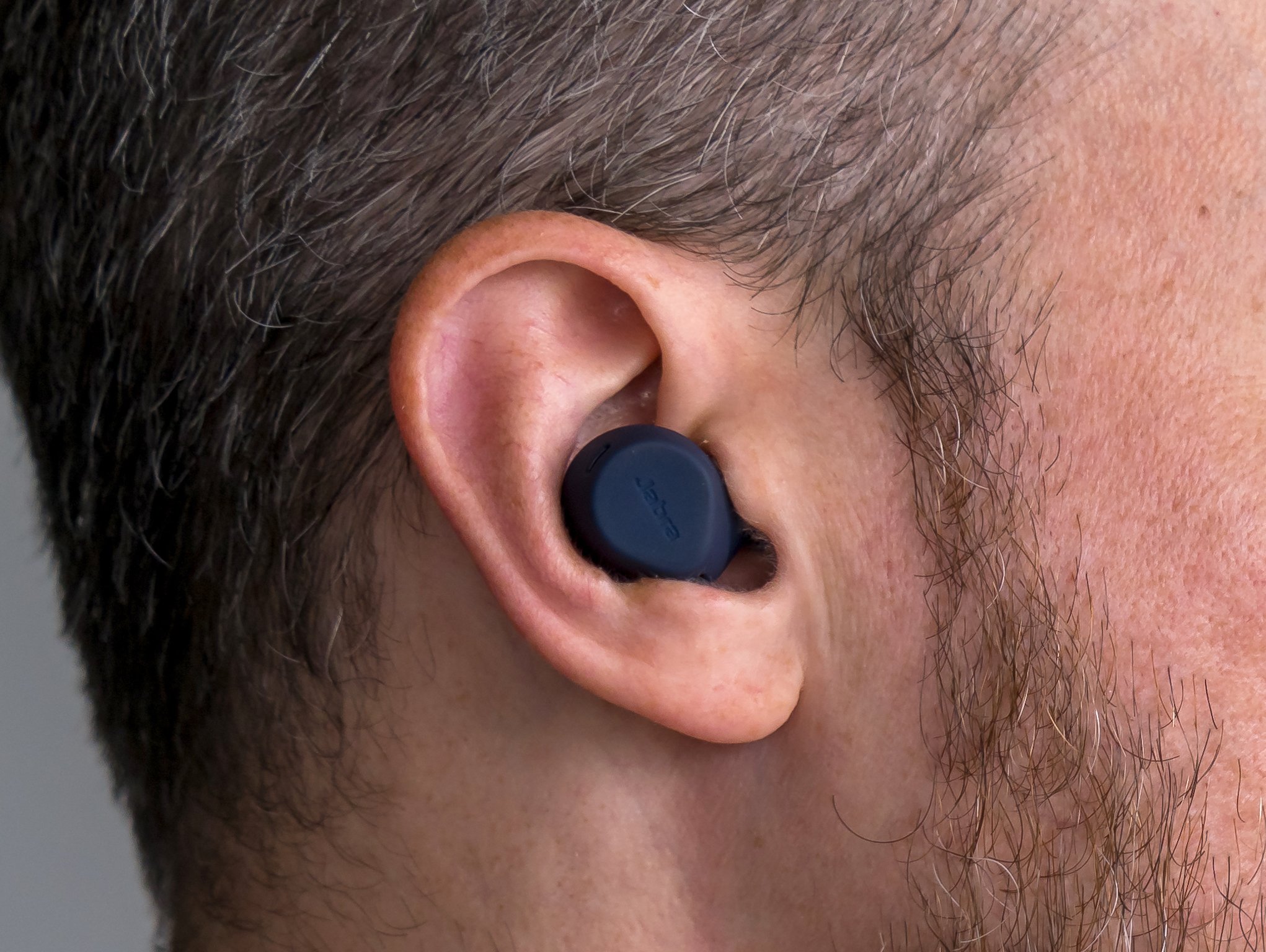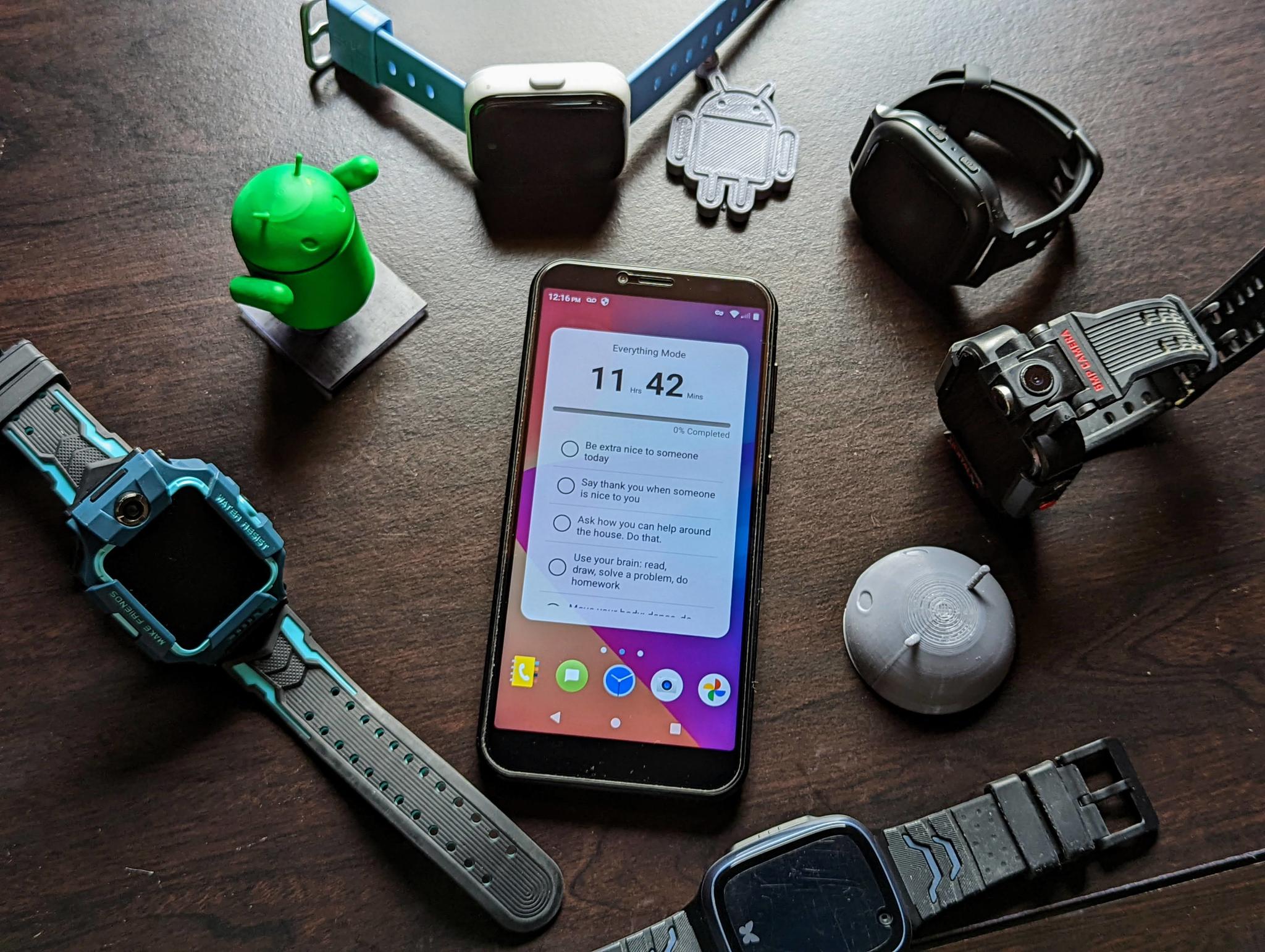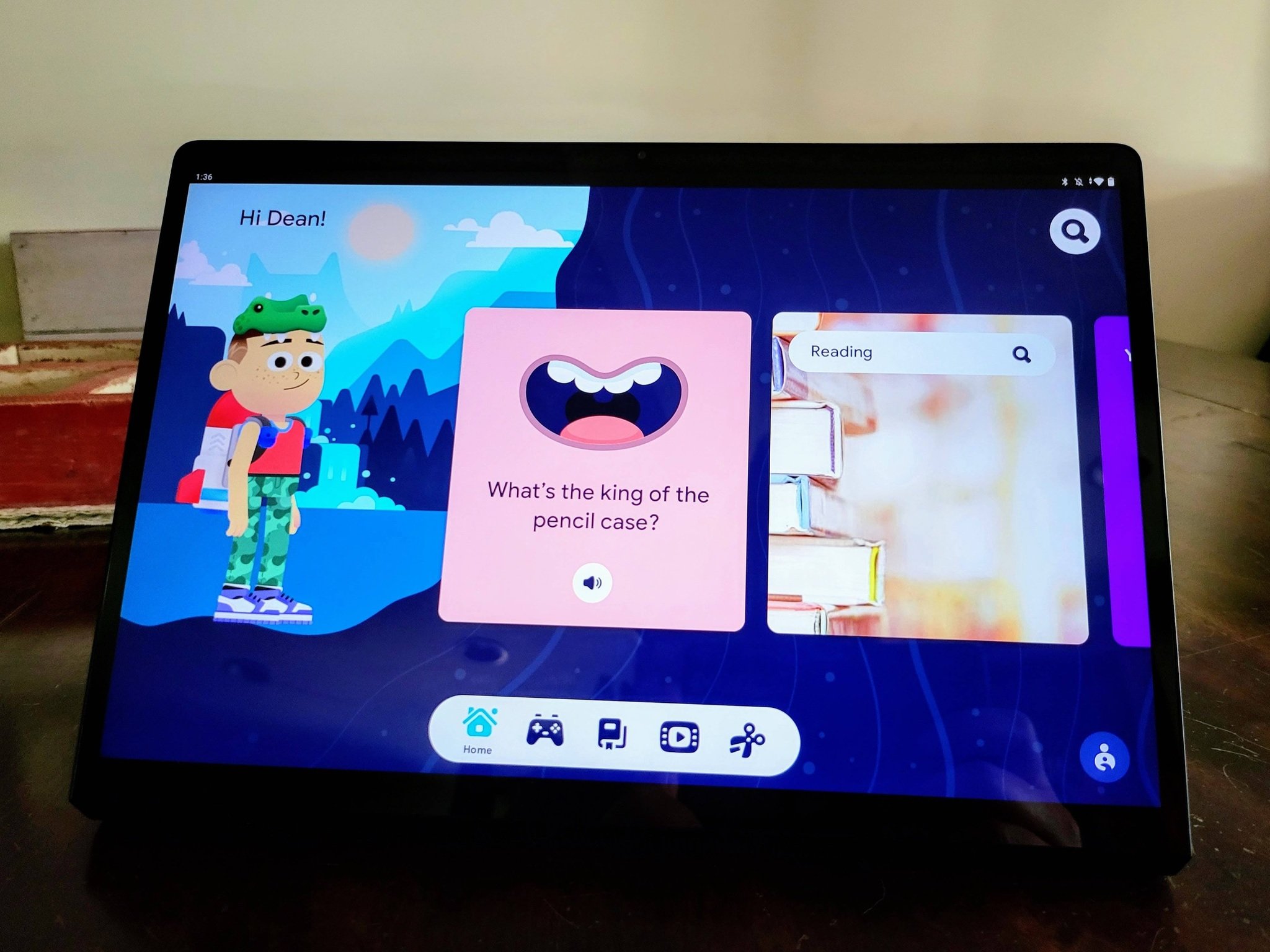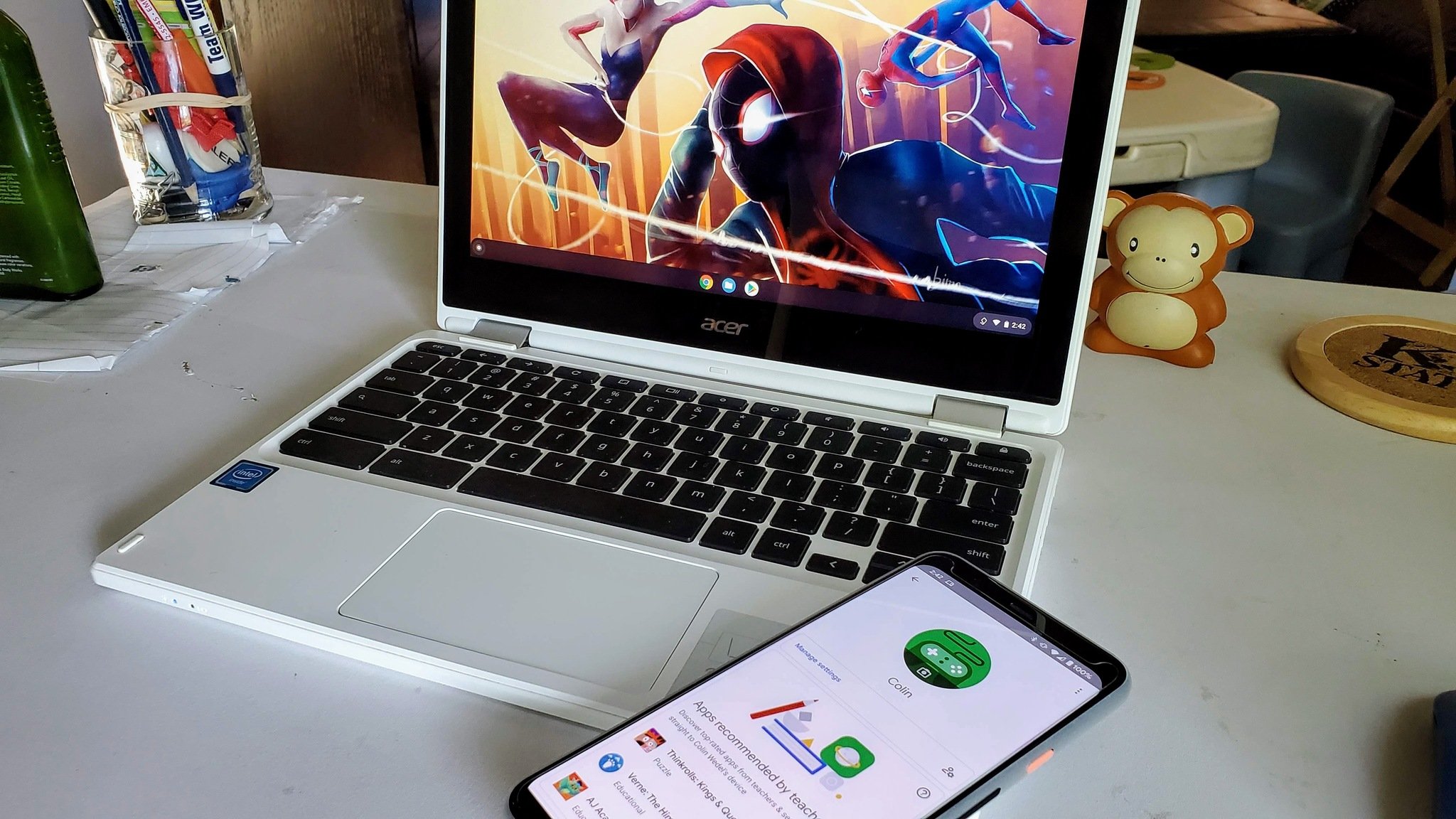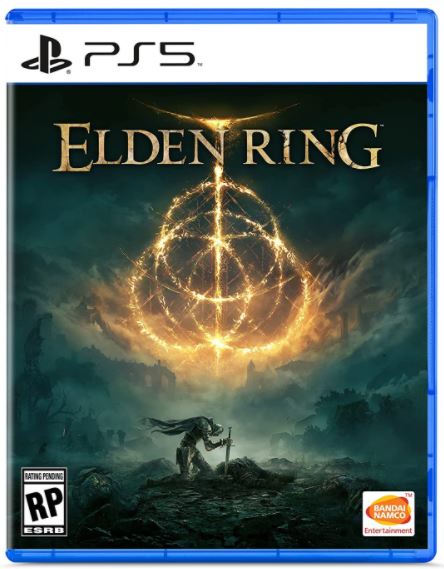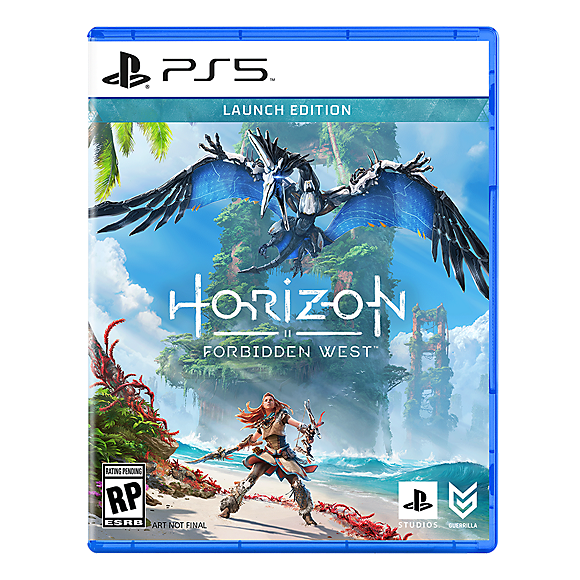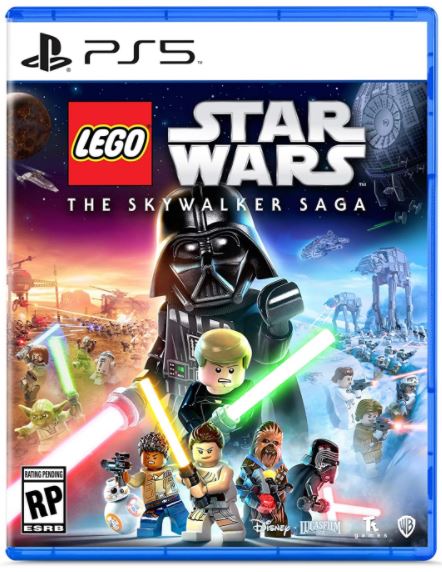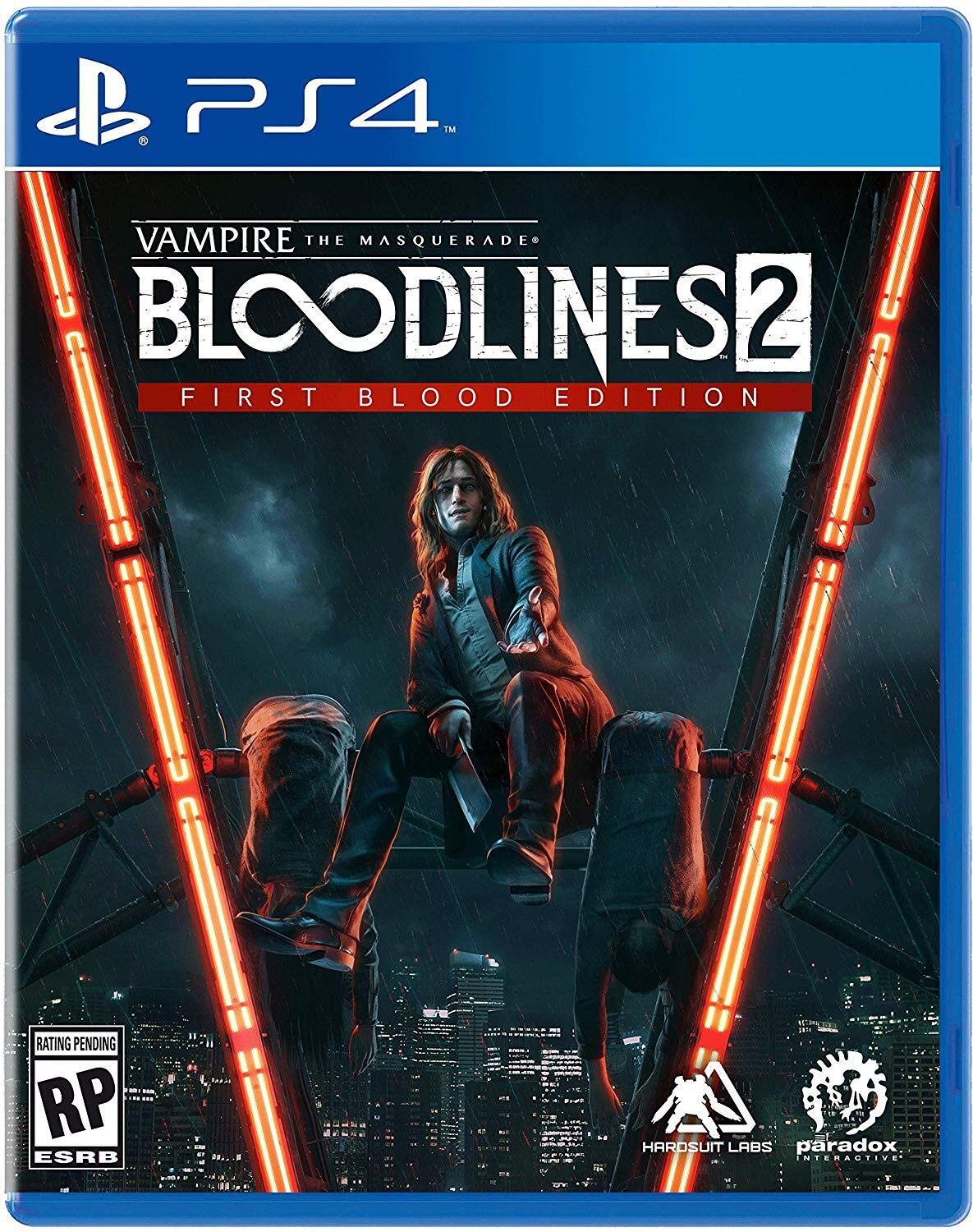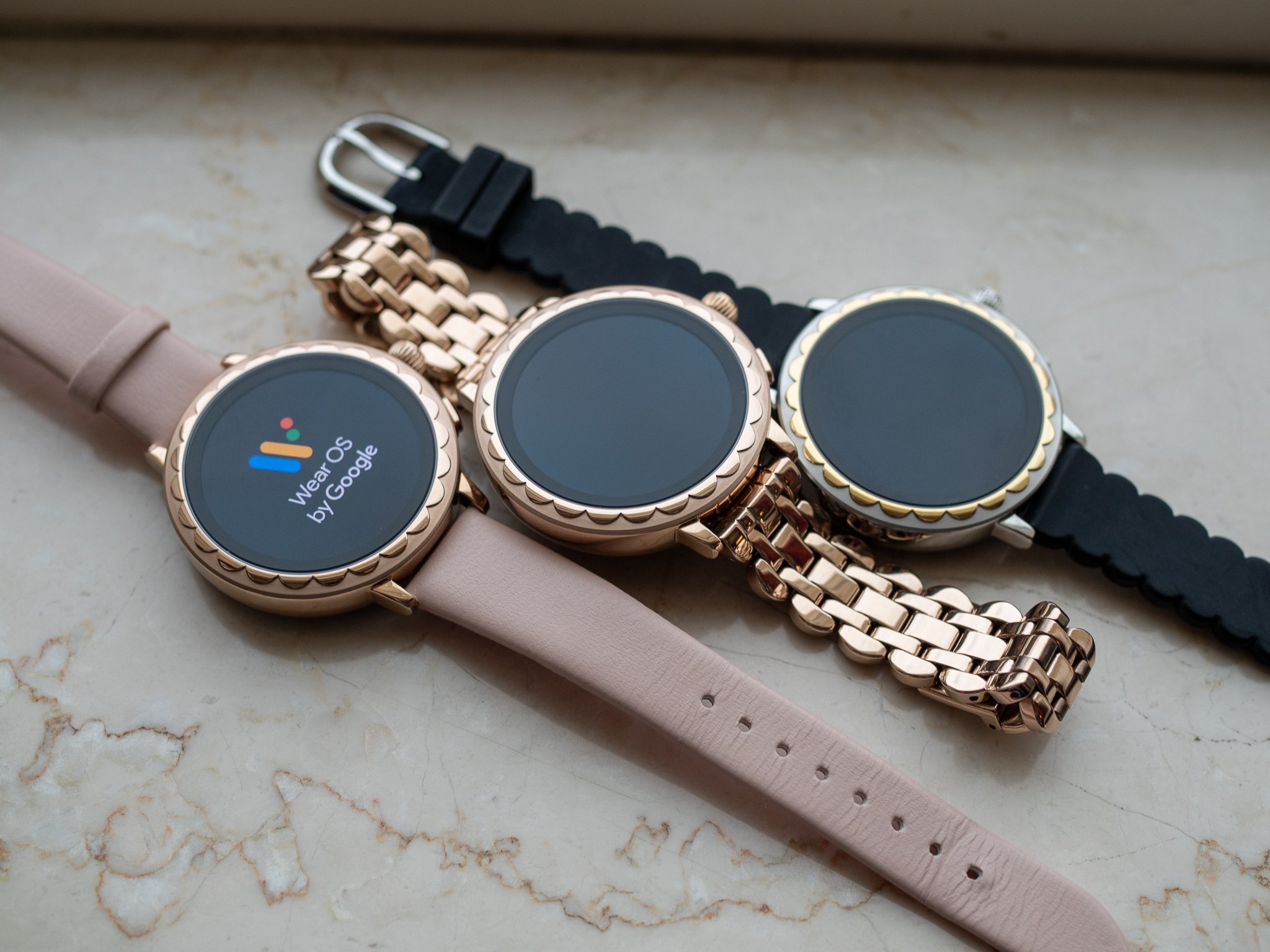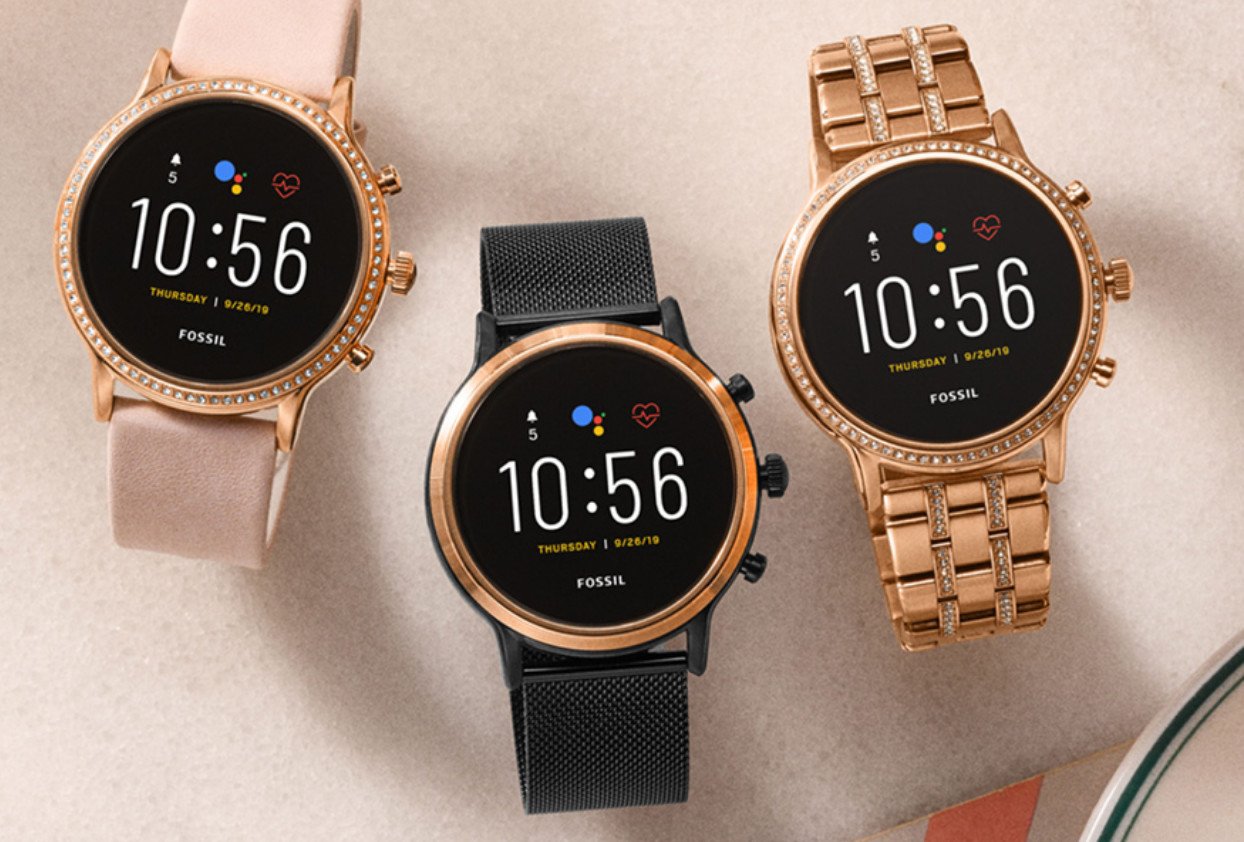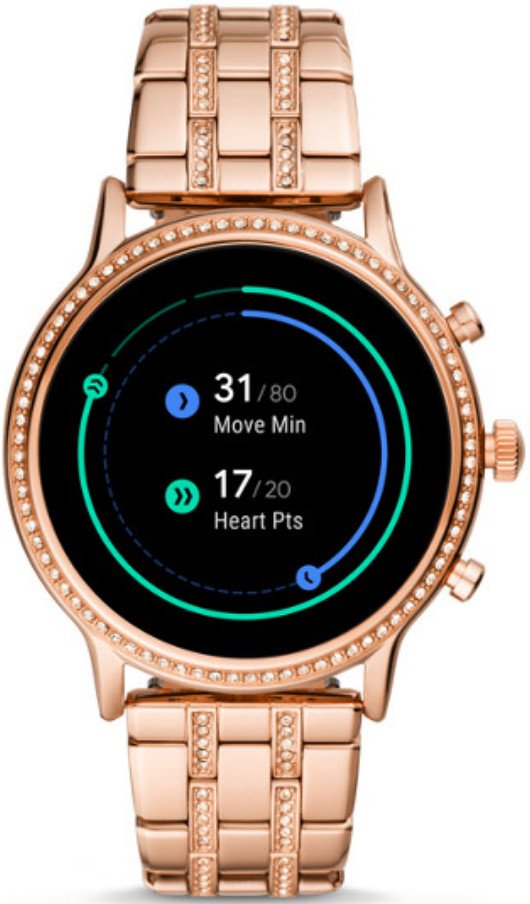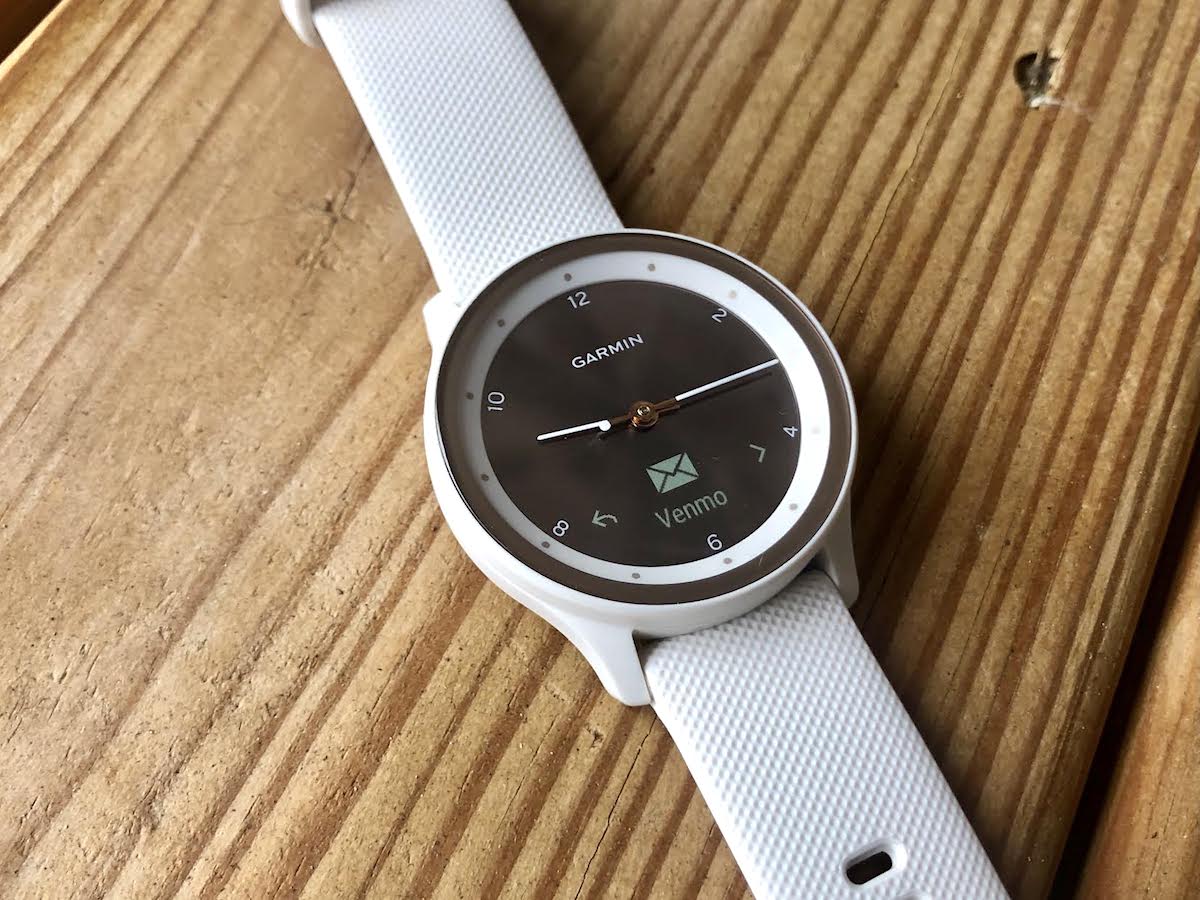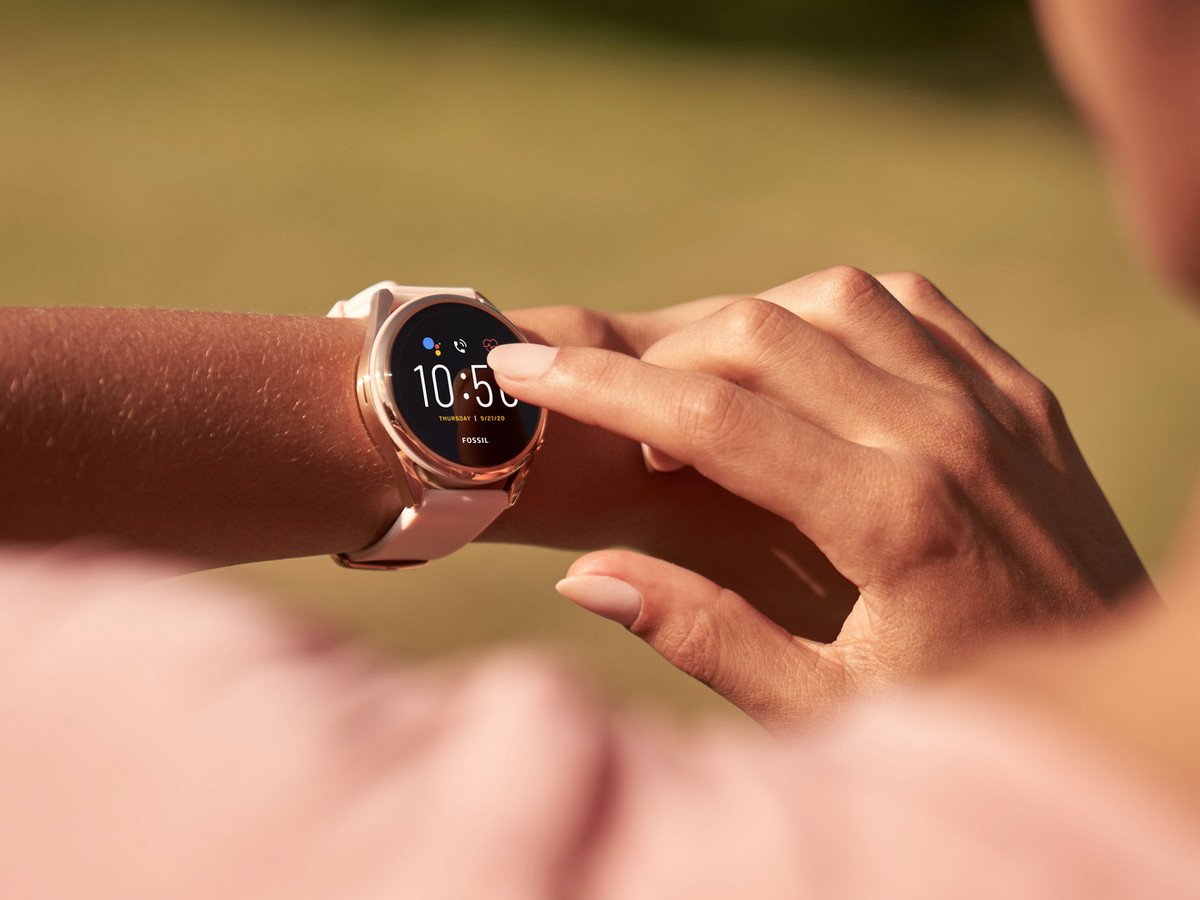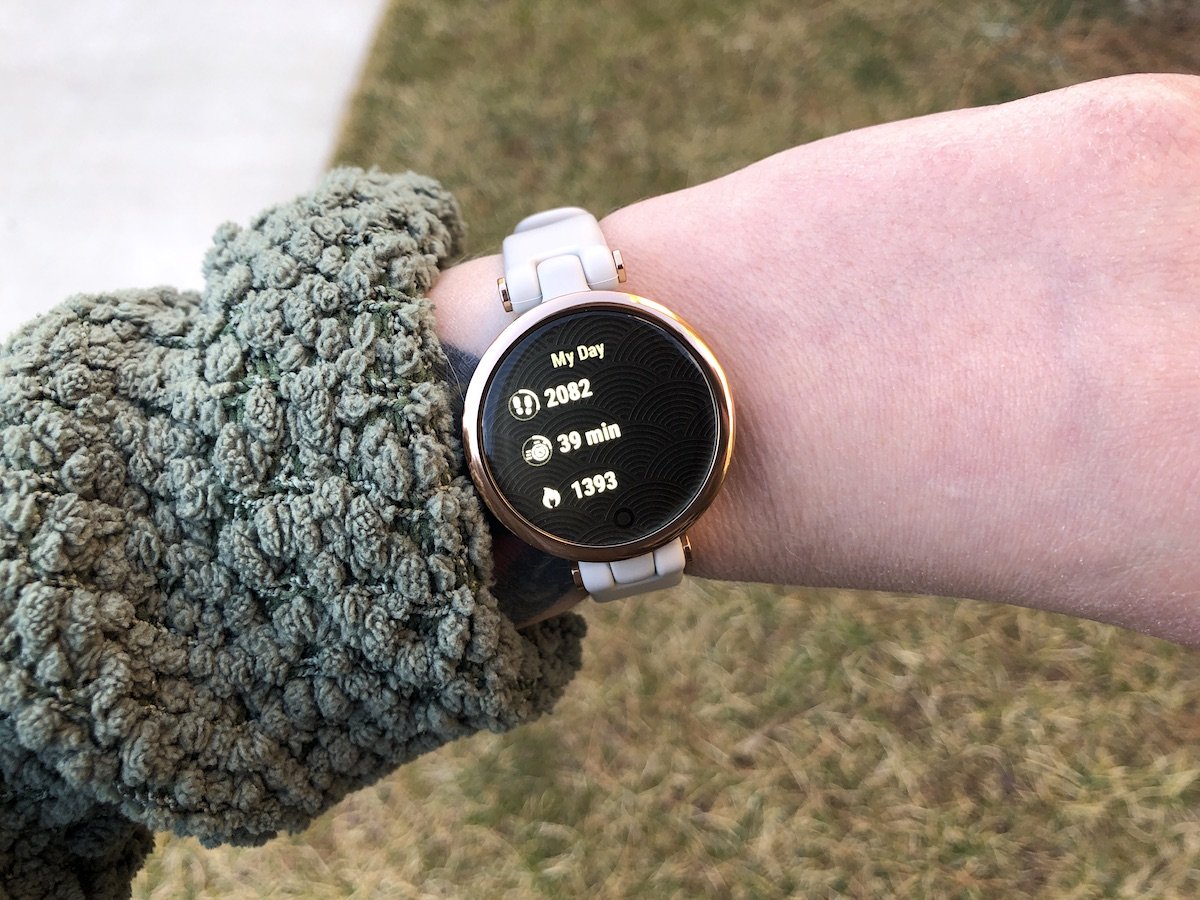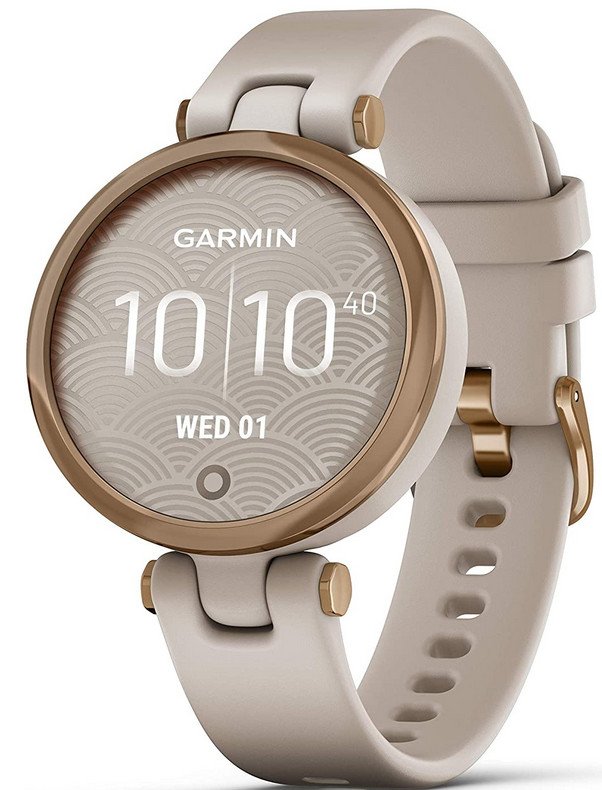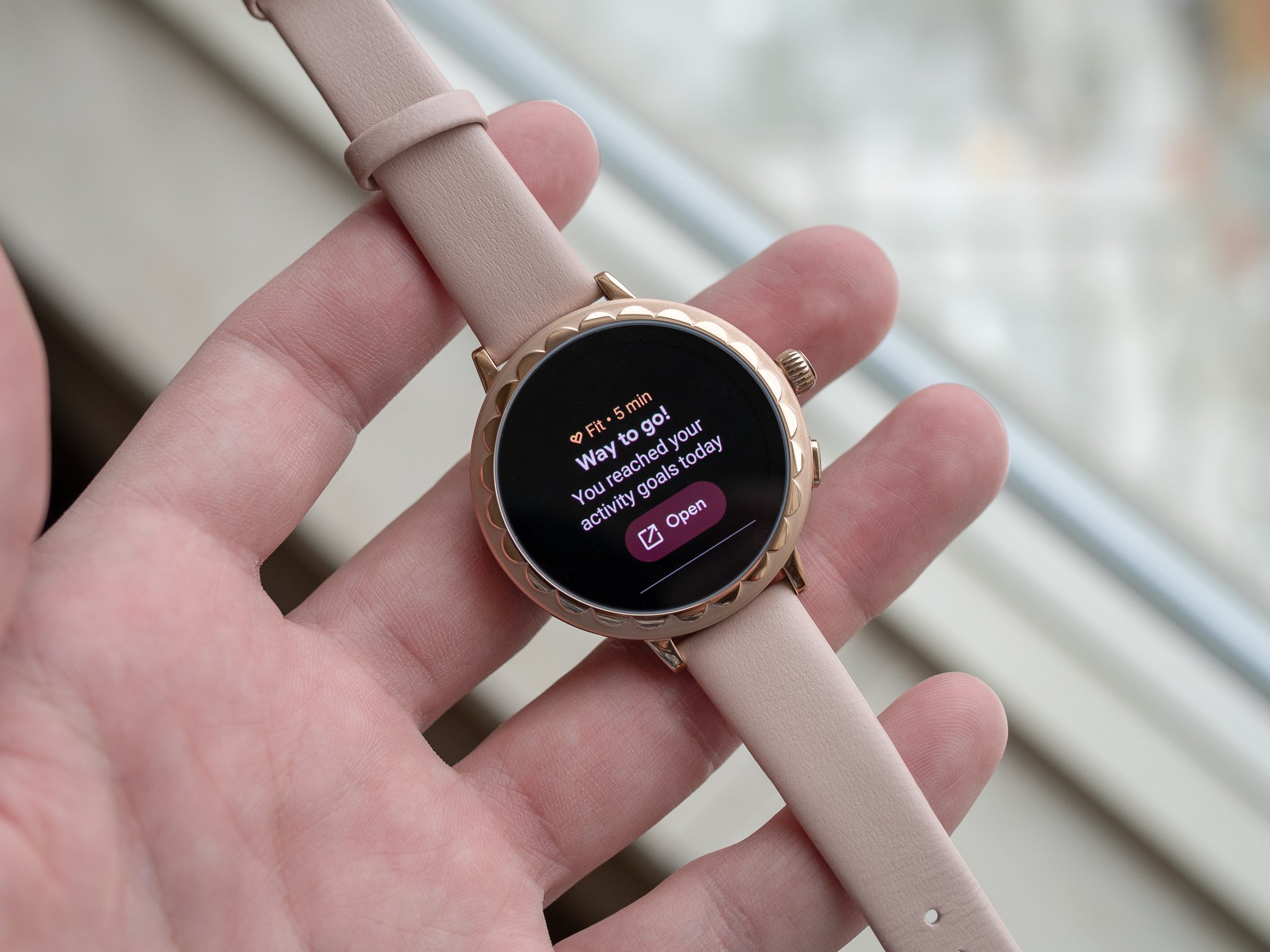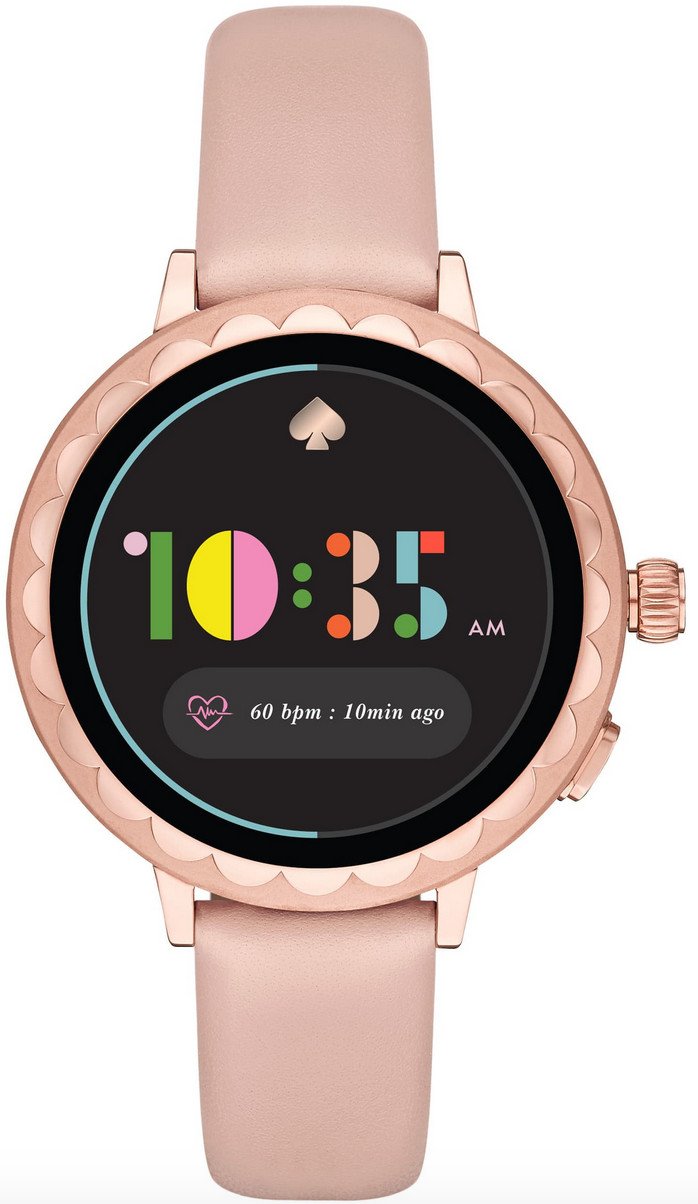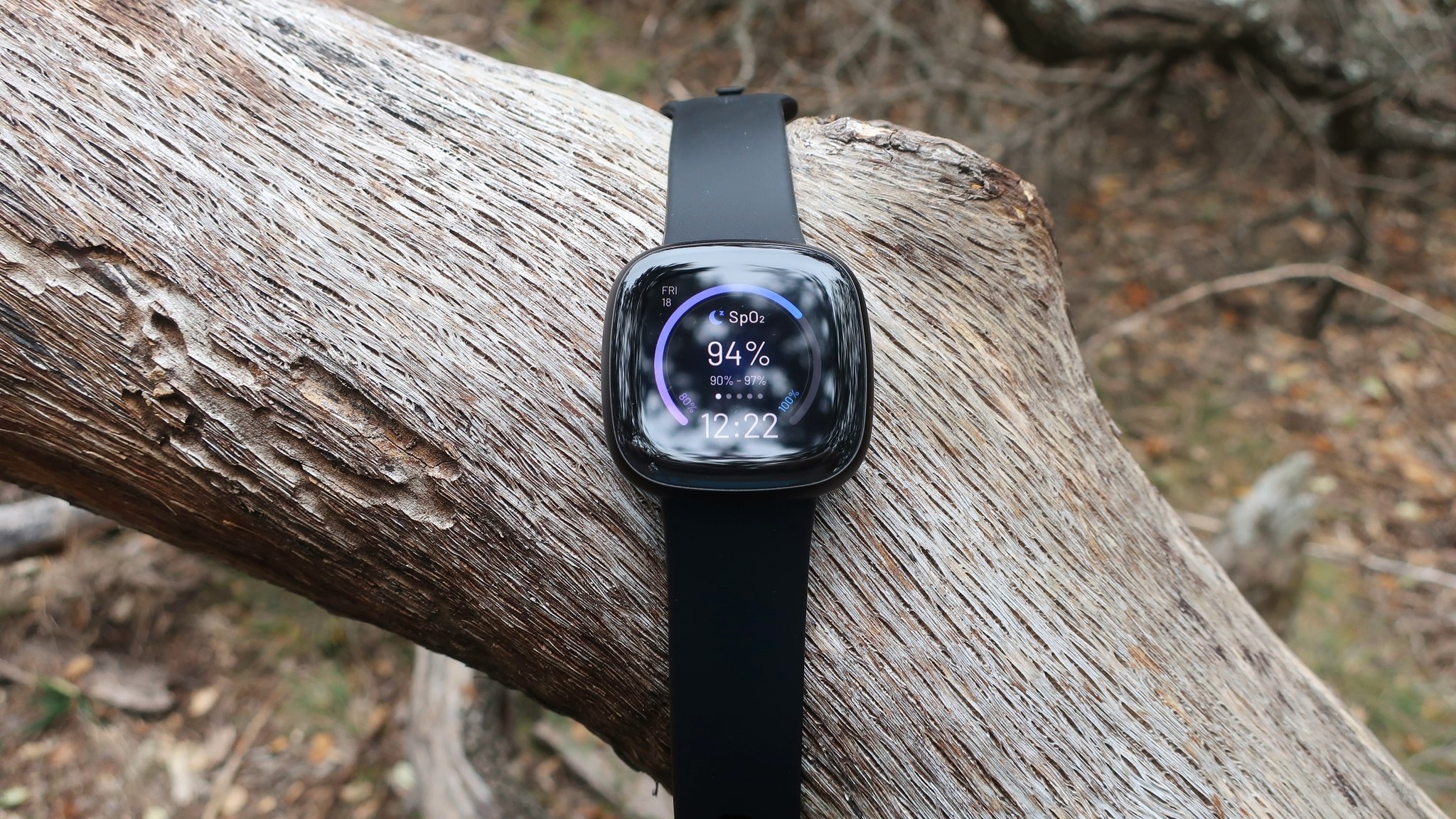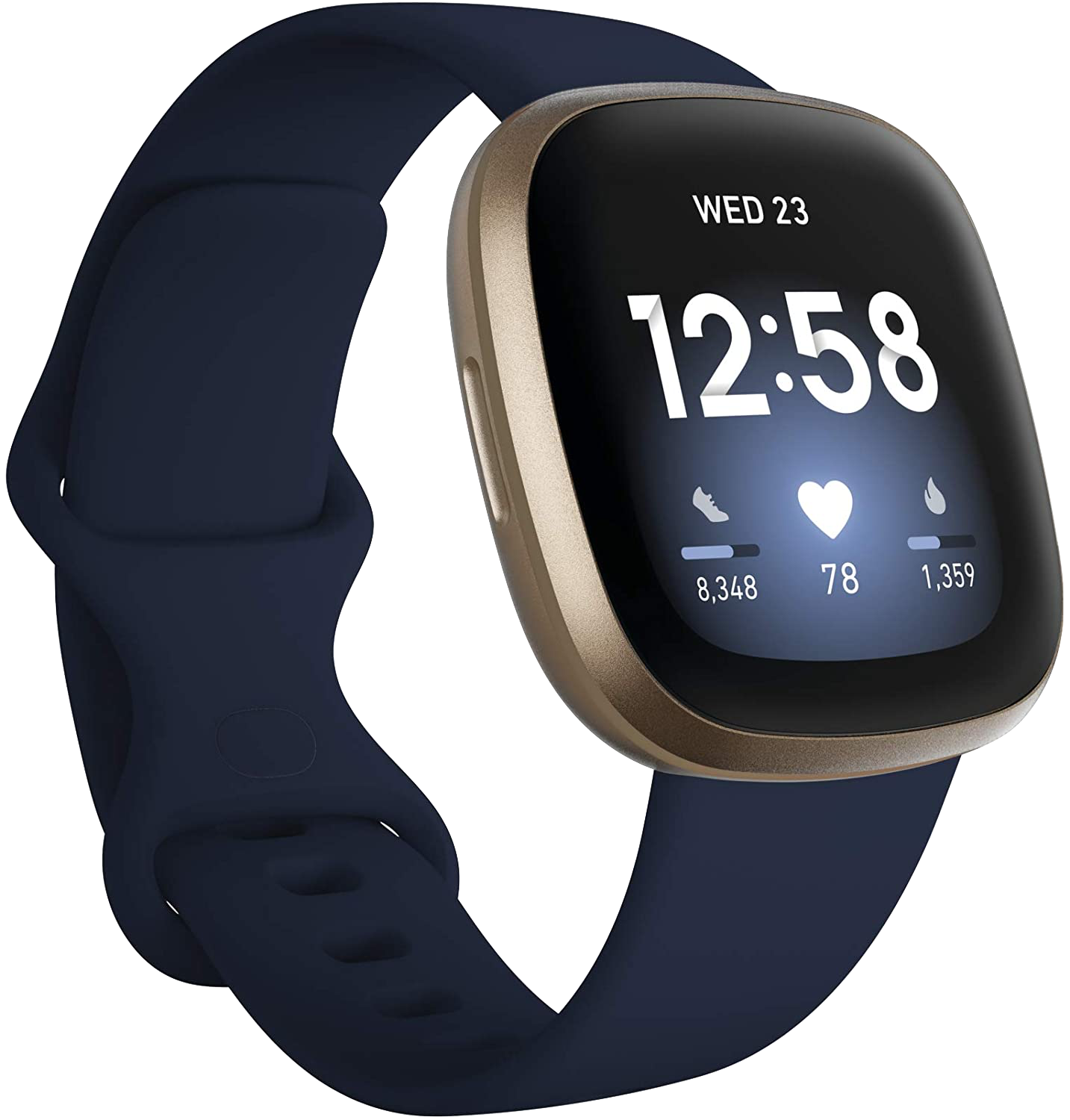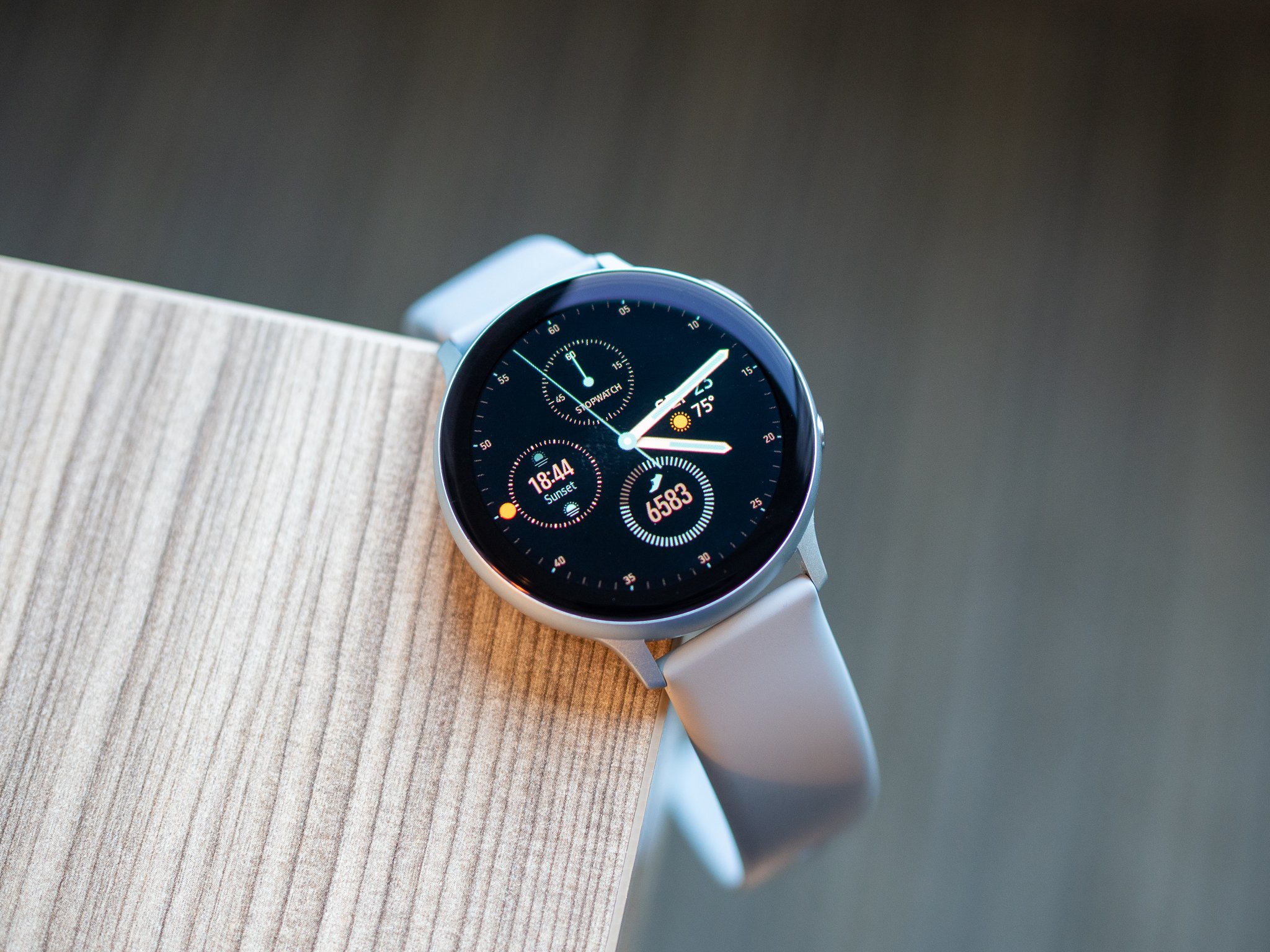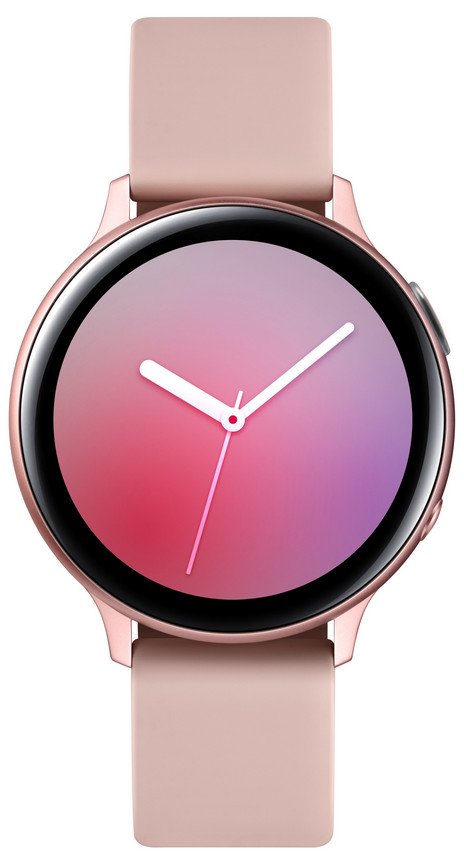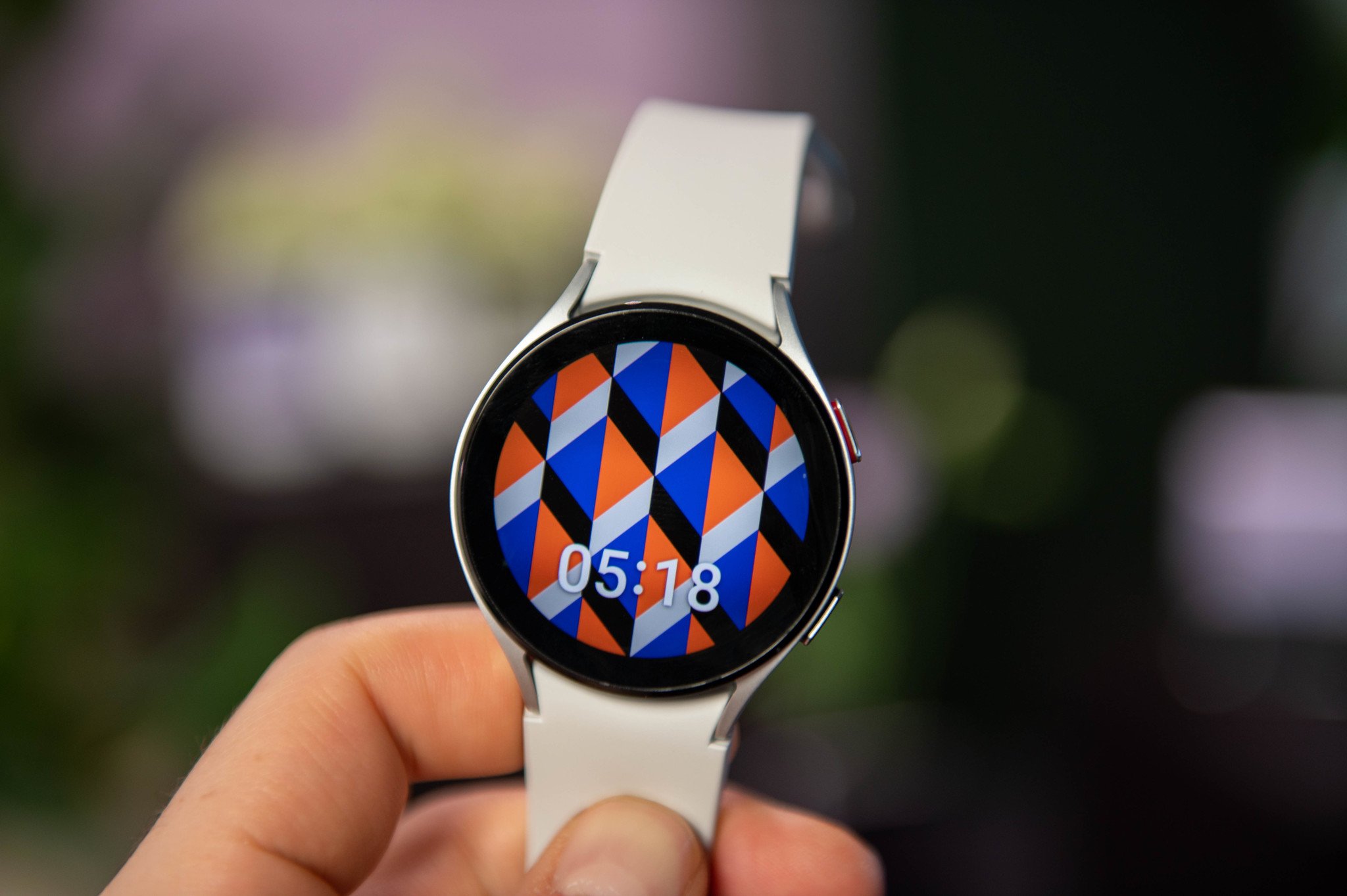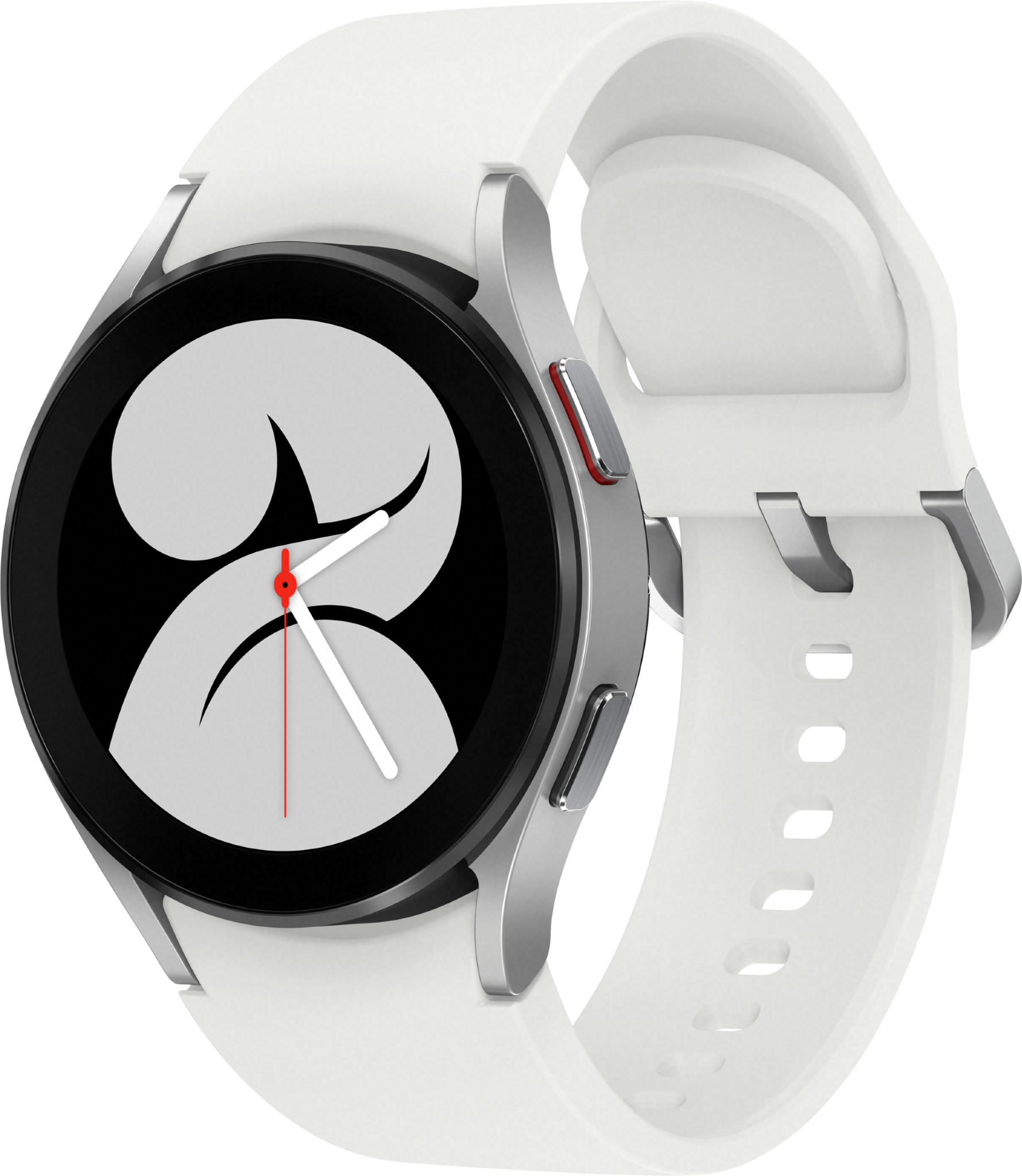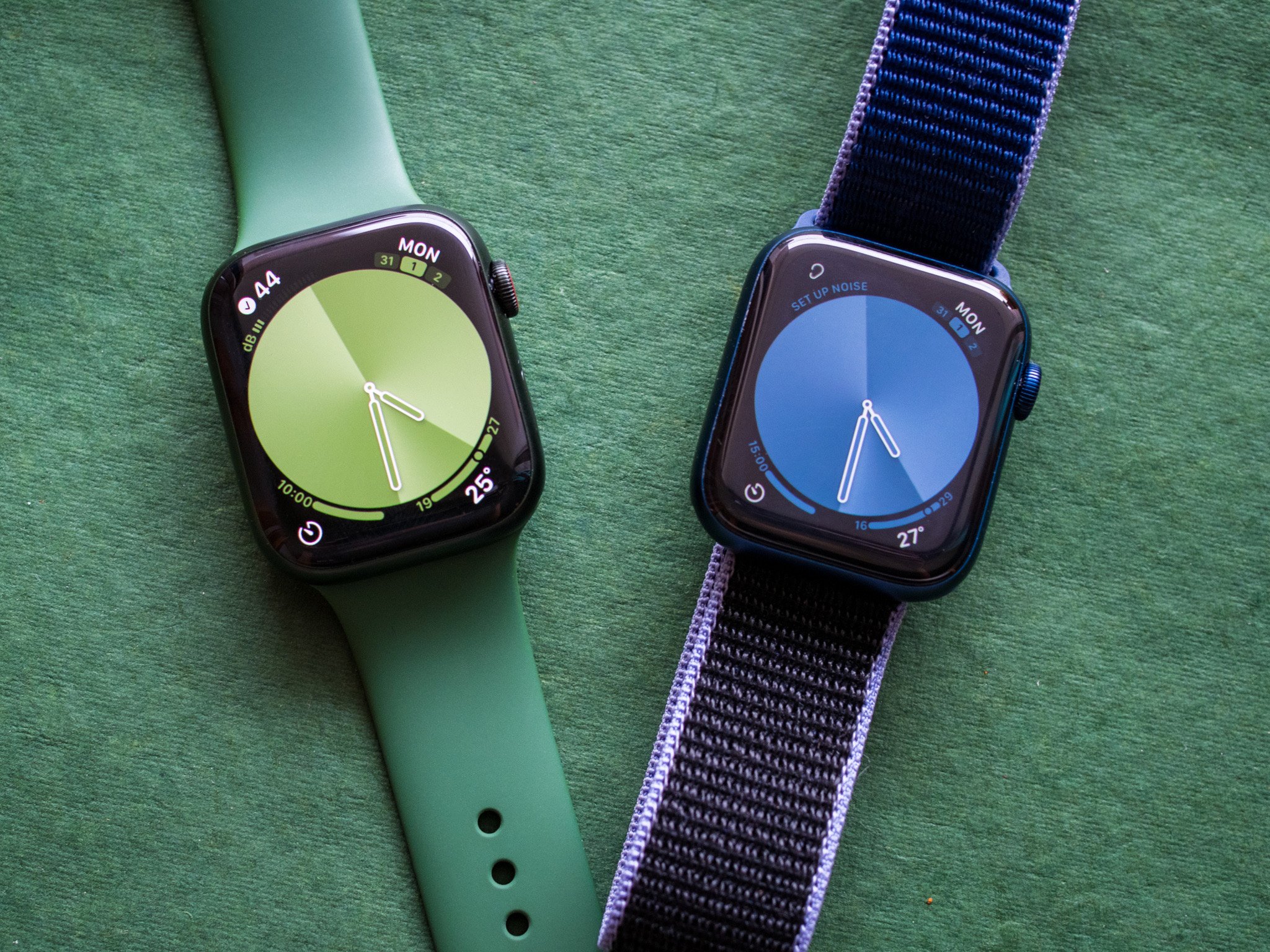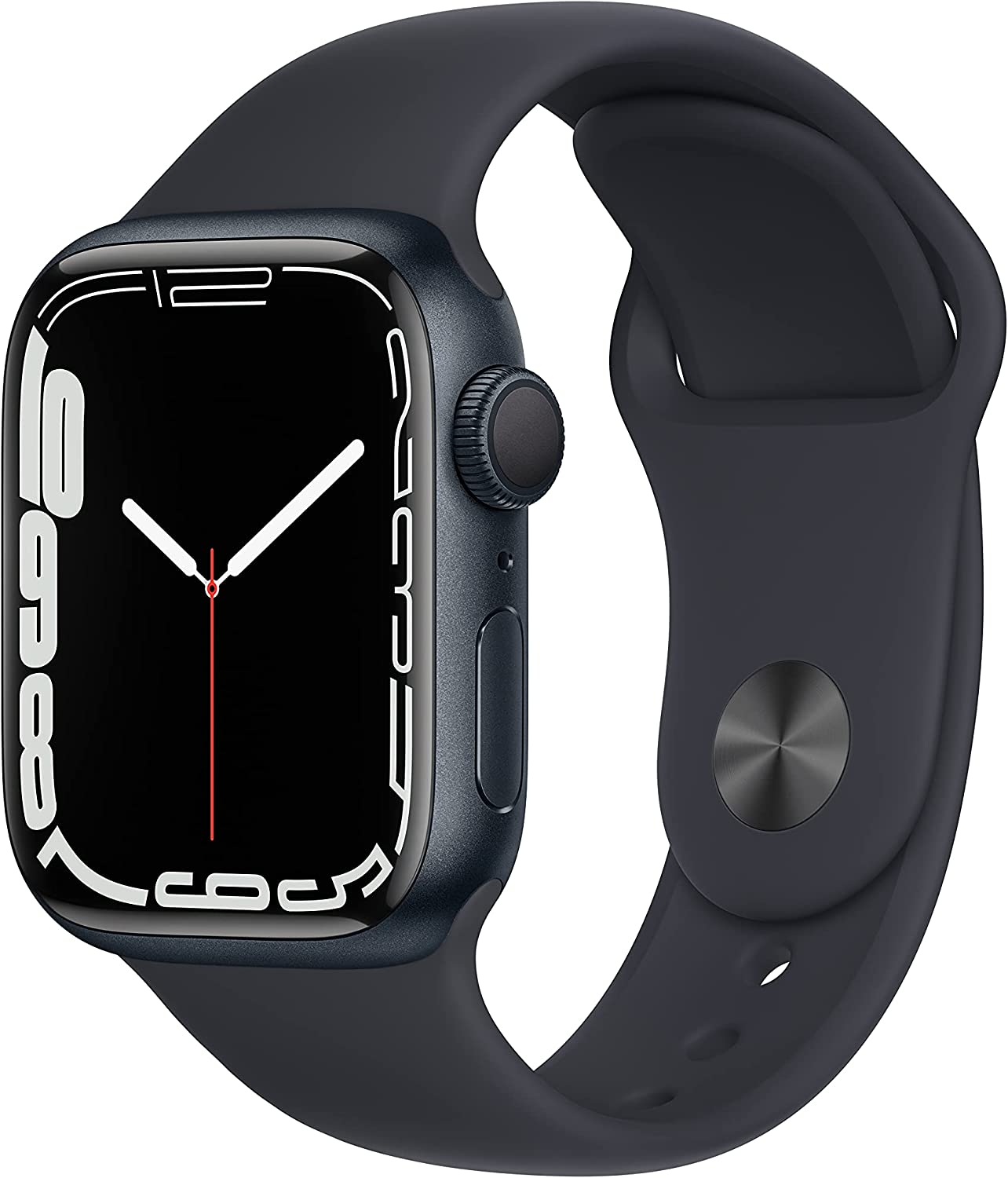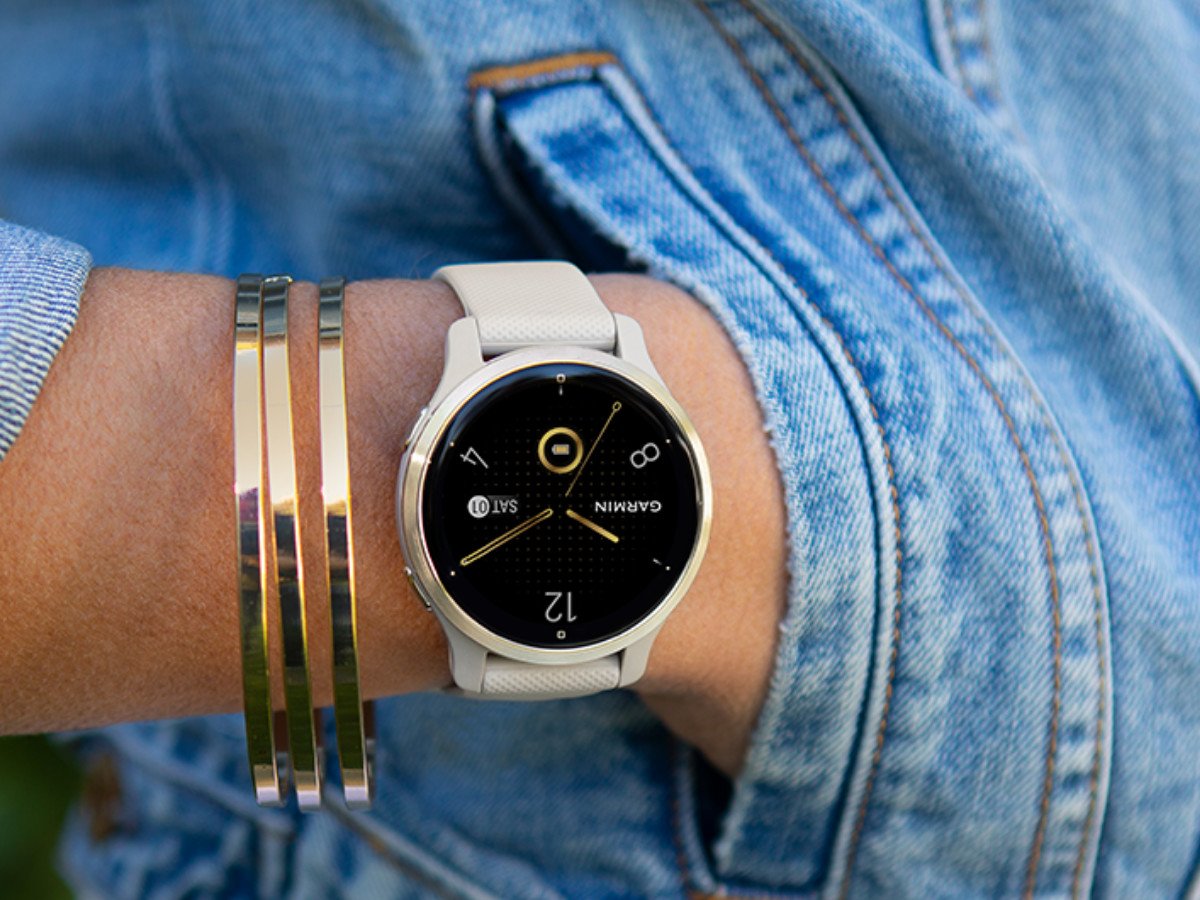Android Auto has seen its fair share of redesigns since its initial launch in 2015. Another potential revision lingering on the horizon will incorporate some fresh and useful features, improving the overall experience while helping you stay focused on the road. It's been a couple of months since we got our first look at the future of Android Auto, but a new leak is giving us some more information on how it'll look.
Monday 31 January 2022
Meta updates VR avatars with new looks, Facebook and Instagram integration
Can also outfit your digital self with Super Bowl jerseys for a limited time.
What you need to know
- Meta is updating its virtual reality user avatars with new facial features, hearing aids and implants, and wheelchairs.
- The 3D avatars will be expanding to use in Facebook, Messenger, and Instagram for specific countries starting today.
- The new avatars will replace previously made 2D Facebook avatars, but users can choose to create three different avatars across Facebook and Messenger, Instagram, and in virtual reality on Quest headsets.
Meta CEO Mark Zuckerberg announced today the company will be updating its 3D user avatars in VR and expanding them to use in Facebook, Messenger, and Instagram. The new avatars that can be used in feed posts, stories, and as Facebook profile pictures will be rolling out within the apps starting today for people in the United States, Canada, and Mexico.
Quest 2 and Quest users will be familiar with the 3D avatars after receiving a customization overhaul last year, but have been updated again with more expressions, skin tones, and adjusted facial shapes. Meta Avatars can equip themselves with Cochlear implants and over-the-ear hearing aids in a variety of colors across all platforms, and in wheelchairs appearing through Facebook stickers, Messenger chats, and Instagram direct messages.
![]()
The company is also introducing more digital clothing options with Super Bowl LVI jerseys that your avatar can wear for a limited time on any platform. You can choose to wear a jersey between one of the two participating Super Bowl LVI teams or a neutral shirt from Feb. 13 until Feb. 28.
Facebook users who already created a 2D avatar will be replaced with the new 3D avatars, though can be modified after with the Avatar editor found through the Facebook menu, comments, or Messenger. Users can choose to sync their Meta Avatar across all platforms for a unified look, or create three different avatars to use for Facebook and Messenger, Instagram, and VR.
Samsung's Galaxy Tab S7 FE is cheaper than ever with the Galaxy Tab S8 around the corner
Apple to celebrate Valentine's Day with new health features
This could be your first look at the OnePlus 10 Ultra
PlayStation recap: Sony detailed what players can expect from PS5 VR
Microsoft's purchase of Activision seems to have overshadowed Sony's PS VR2 announcements.
It's the end of January and the start of a new year for PlayStation, meaning it's full speed ahead for the company as it puts the finishing touches on what it has in store for 2022. Though its first big game, Horizon Forbidden West, won't be out until Feb. 18, that doesn't mean January was devoid of announcements. Sony's gearing up with some impressive hardware and software plans for the PS5, and it began by announcing the full specs of its PS VR2 headset at CES 2022.
Elsewhere in PlayStation news, God of War finally released for PC and rumors have started to swirl about a potential new Twisted Metal game. Let's check out everything that happened in January.
Sony reveals PS VR2 without actually showing it
PlayStation isn't settling for second best with PS VR2. It's clear by its specs that it will be a massive upgrade from PSVR, which I can only describe as archaic from the research I've done on virtual reality recently. It's honestly shocking that Sony put out a VR headset so inferior to the rest of the market back in 2016 and somehow made it work. The PlayStation Move controllers weren't even originally designed for PSVR, and yet still managed to work.
Thankfully, the new PS VR2 Sense controllers look to be a huge improvement:
| PS VR2 | PSVR | |
|---|---|---|
| Display | OLED | OLED |
| Display size | TBA | 5.7 inches |
| Resolution | 2000x2040 per eye | 960x1080 per eye |
| Refresh rate | 90–120 Hz | 90–120 Hz |
| Field of view | 110 degrees | 100 degrees |
| IPD adjustment | Manual | Digital through console |
| Sensors | Six-axis motion sensing system, IR Proximity sensor | Accelerometer, gyroscope |
| Cameras | Four cameras for headset tracking, two IR cameras for eye tracking (integrated) | PlayStation Camera (separate) |
| Audio | Integrated mic, headphone jack | Integrated mic, headphone jack |
| Connection | USB-C | USB, HDMI |
| Controllers | PS VR2 Sense controllers | PlayStation Move controllers |
| Weight | TBA | 600g |
| Compatibility | PS5 | PS4 (PS5 with adapter) |
| Price | TBA | MSRP $399 |
It's great to see Sony getting serious about VR. Whether people love it or hate it, there's a lot of potential in the market and you don't see that potential reached through half-assed VR headsets. PS VR2 could give PC headsets a run for their money, especially because it can leverage the power of the PS5, but only time will tell if it stacks up against the best VR headsets out there.
Horizon Call of the Mountain could revolutionize console VR... maybe
Alongside the reveal of PS VR2, Sony announced that Guerrilla Games was teaming up with Firesprite for a brand-new adventure set in the Horizon universe, this time bringing the game to virtual reality. Horizon Call of the Mountain stars a new character, though Guerrilla says we'll be meeting some familiar faces along our journey, like Aloy. It's hard to tell just what players will be doing and what their objectives will be, but given Sony's commitment to VR, it bodes well for Horizon Call of the Mountain.
And even if it's not something that we expect, we'll still be able to see those machines up close and personal. So that's pretty cool.
God of War brings a father and son to PC
God of War is easily one of the most acclaimed games on PlayStation 4, so it only makes sense that with Sony's newfound interest in PC, it would be a prime candidate for a Steam release. While Horizon Zero Dawn previously has the most concurrent players for a PlayStation PC port at over 56,000, God of War blew it out of the water and peaked at nearly 74,000 concurrent players, according to SteamDB. It's an impressive number and shows just how eager fans are to get their hands on some of PlayStation's biggest games, even if they're a few years old.
This certainly won't be the last PlayStation exclusive to come to PC. I know fans have been begging for Bloodborne on PC for a while now, and though there's been no word on whether that will happen, I'd say it's a lot more likely now than it was a year ago. Personally, I think it'd be nice to see Ghost of Tsushima hit Steam, although the Uncharted: Legacy of Thieves Collection will most likely hit first.
Xbox buys Activision while PlayStation remains quiet
In one of the biggest gaming acquisitions to ever take place, Microsoft announced its intent to acquire Activision Blizzard for nearly $69 billion, dwarfing its purchase of Zenimax for a measly $7.5 billion. To put that into perspective, Sony's biggest developer acquisition for PlayStation was Insomniac Games at just $229 million. Sony's been fairly quiet about the Activision deal, only telling The Wall Street Journal that it expects "Microsoft will abide by contractual agreements and continue to ensure Activision games are multiplatform." Though it's unclear which games will eventually stay multiplatform or become exclusive to Xbox (although reports say at least the next few Call of Duty games will come out on the PS5), PlayStation's relative silence to many of Microsoft's biggest announcements has been deafening.
PlayStation may have spokespeople give out boilerplate statements, but it hasn't responded in any tangible, meaningful way yet. Its supposed Game Pass competitor, Project Spartacus, is still being kept under wraps for now, and aside from some smaller studio acquisitions, it's purchased nothing on the scale of Zenimax or Activision.
I'm not exactly worried about PlayStation's first-party portfolio (Wow, that's a weird thing to say looking back even five years ago at where Sony and Microsoft were), but it's quickly falling behind what Xbox can offer.
Uncharted hits PlayStation 5 with new upgrades
Uncharted: Legacy of Thieves Collection bundles up Uncharted 4 and The Lost Legacy DLC, remastering them for PS5 with framerate enhancements and DualSense haptic feedback support. They may already look amazing on PS4, considering neither is that old (Uncharted 4 came out in 2016), but the enhancements are welcome nonetheless.
Whether they're worth the money is another question entirely. I think most people will be happy playing their PS4 versions on PS5, so it's probably not a necessary upgrade. But for people who don't have Uncharted 4 or The Lost Legacy yet, the bundle is a good way to start your adventure.
Twisted Metal might be making a comeback
Fans of the Twisted Metal series may have something to look forward to. According to a source speaking with VGC, a revival is in the works at Lucid Games, the developer behind Destruction All-Stars. It being a vehicular combat game, it fits with what Lucid has experience in.
Sources claim that the new Twisted Metal would be free-to-play, taking cues from Destruction All-Star's launch into PS Plus and the success it saw from that. The release is expected to coincide with the Twisted Metal television series set for 2023.
A bright year ahead
PlayStation seems to be going full steam ahead with PS VR2 and its television/movie productions. We'll have to wait and see what those have in store for us (fingers crossed the Uncharted movie is good), but regardless, we have plenty of awesome games to look forward to like Horizon Forbidden West and God of War Ragnarok. Until next time 👋
– Jennifer Locke
Sunday 30 January 2022
Amazon will shutter 'Sold by Amazon' program over price fixing, pay $2.25M
Washington state AG said Amazon made it hard for third-party sellers to make sales by limiting their ability to lower prices.
What you need to know
- Amazon will shut down its "Sold by Amazon" third-party seller program following an antitrust investigation.
- Washington AG said the company forced sellers to sell their products at "artificially high levels", thereby stifling competition.
- The retail giant will also pay $2.25 million to the state AG for antitrust enforcement efforts.
Amazon is embroiled in yet another antitrust lawsuit for allegedly fixing third-party prices and undermining competition. The retail giant's third-party seller program "Sold by Amazon" is shutting down following the Washington state attorney general's investigation into the unlawful practice.
Washington AG Bob Ferguson said in a press release that "Amazon unreasonably restrained competition in order to maximize its own profits off third-party sales." The program's pricing algorithm allegedly raised the prices offered by third-party retailers, to which they must agree in order to stay in the program.
"The 'Sold by Amazon' program resulted in prices for some products increasing when Amazon programmed its pricing algorithm to match the prices that certain external retailers offer to online consumers," the AG said.
Sold by Amazon started in 2018, allowing the retail giant to agree on price with third-party sellers in exchange for a guaranteed minimum payment for product sales. However, this meant they had to "stop competing with Amazon for the pricing of their products." And if Amazon sold the product for more, the profit would be split among themselves.
The price fixing practice limited the sellers' ability, if any, to reduce the price of their products as long as they're enrolled in the program, the AG said. Sellers were also prevented from offering discounts unless they dropped out of the program. As a result, some retailers experienced a drop in sales and profits as customers chose to buy the same product bearing Amazon's brand, such as its best Alexa devices and Amazon Echo Show.
"Consumers lose when corporate giants like Amazon fix prices to increase their profits," Ferguson said.
Amazon, on the other hand, took exception to the AG's claims, saying the program was legal. A company representative told Android Central:
This was a small program to provide another tool to help sellers offer lower prices, much like similar programs common among other retailers, that has since been discontinued. While we strongly believe the program was legal, we're glad to have this matter resolved.
In addition to terminating the program, Amazon will pay the AG's office $2.25 million to assist with antitrust enforcement in the case. It is also required to keep the AG's office updated on its antitrust compliance every year.
Last year, the DC attorney general filed a similar lawsuit against Amazon, accusing the company of fixing online retail prices.
Should you buy the Eero Pro 6 or Eero 6? We can help you decide!
Starter Wi-Fi 6
Eero 6
Pros
- Wi-Fi 6 increases mesh performance
- AX1800 delivers enough speed for more people
- Compatible with all existing Eeros
Cons
- Dual-band Wi-Fi is worse for mesh performance
- Only one open Ethernet port on the base router
Eero 6 is a solid upgrade to the base Eero line. It brings with it Wi-Fi 6, which takes the 5GHz performance up to 1200Mbps with compatible devices. Even if you haven't upgraded your wireless devices to take advantage of Wi-Fi 6, it ensures a faster connection between the different routers in your mesh.
Gigabit speed mesh
Eero Pro 6
Pros
- Wi-Fi 6 tri-band delivers gigabit speed
- Compatible with all existing Eeros
- Dedicated backhaul keeps mesh speed high
Cons
- More expensive
- Only one open Ethernet port on the base router
Eero 6 Pro has all of the best features Eero 6 has with a little more of everything. A tri-band connection allows the mesh to hit gigabit speeds with an extra 5GHz band. Dual gigabit Ethernet ports on each router allow you to connect wired devices to a node without giving up speed, even with a fast connection.
The main difference between these two routers is the top speed, with the Eero Pro 6 delivering speeds above 1Gbps with ease even while connected to a remote node. While a single Eero 6 router supports a gigabit connection on its own, you'll be sharing your 5GHz band, splitting your 1200Mbps speed if you add in more nodes. This allows for speeds up to 500Mbps with a little headroom, which is more than enough for most people.
Eero Pro 6 vs. Eero 6: Do you need another band?
If you deploy either of these routers alone, the speed you get will be basically identical, with most Wi-Fi 6 devices maxing out at 1200Mbps. If you only need one in an open space of less than 1,500 square feet, there's very little reason to upgrade to the Eero Pro 6. While an Eero can be a great standalone router in a small space, they're designed to work together.
If you deploy two or more Eeros in your home, Eero Pro 6's extra 5GHz band will keep transmission speeds over 1Gbps with ease. All of the nodes in your mesh will need to communicate with each other to work.
With only a single 5GHz band, Eero 6 must share that connection with wireless devices and communication to the Eero connected to your modem. This essentially cuts the 1200Mbps best-case scenario speed in half leading to Eero's recommendation for 500Mbps. This is similar to our testing of the Wi-Fi 5 Eero that had speeds around 400Mbps or right around half of its 867Mbps 5GHz band speed.
Luckily, Eero 6 and Eero 6 Pro have been updated with support for Dynamic Frequency Selection (DFS) which opens up more 5GHz bands so the nodes can avoid interference a bit better than using the standard 5GHz modes. This does not need to be configured by the user and will be selected automatically by the Eero software if necessary.
| Eero 6 | Eero 6 Pro | |
|---|---|---|
| Wi-Fi | Wi-Fi 6 dual-band | Wi-Fi 6 tri-band |
| Wireless speed | AX1800 600Mbps at 2.4GHz, 1200Mbps at 5GHz |
AX4200 600Mbps at 2.4GHz, 1200Mbps at 5GHz, 2400Mbps at 5GHz |
| Spatial streams | 4 | 8 |
| Channel width | 20, 40, 80 MHz | 20, 40, 80 MHz |
| Ethernet | 2 | 2 |
| Coverage (single) | 1,500 sq. ft. | 2,000 sq. ft. |
| Dimensions | 3.91 x 3.82 x 2.42 inches | 5.3 x 5.3 x 2.1 inches |
Eero Pro 6 vs. Eero 6: Software
Eero Pro 6 and Eero 6 are both set up and managed with the Eero app. This app will guide you through the setup process and allow you to configure your wireless settings. You will also be able to inspect the quality of your mesh link and see which devices are connected. Included with the Eero app are Eero Secure and Eero Secure+. These subscriptions can add security to your connection with real-time antivirus protection as well as helpful software like a password manager and a VPN. The base Eero Secure plan is $2.99 per month or $29 per year, while Eero Secure+ is $9.99 per month or $99 per year.
Recently, Eero has added a new feature to its Eero Secure+ tier called DDNS. This feature, accessible through the Eero app on mobile, allows you to create a secure connection to your home network even when you're on the go. This can allow easy access to devices on your home network and can be great for saving room in your travel bag if you don't want to travel with portable hard drives.
For your smart home, Eero 6 and Eero Pro 6 both include a Zigbee smart home hub. If you have compatible smart home devices, this can simplify your network. Eero also includes support for Alexa, which is unsurprising considering Amazon owns Eero.
Finally, Eero 6 and Eero Pro 6 also both fully support HomeKit. This means that smart homes using Apple's HomeKit and an Eero 6 or Pro 6 get greater security for their HomeKit accessories. You can choose whether to allow the devices only to see local Apple devices, or you can give them automatic access to predetermined sites and devices. Finally, you can disable these controls outright if you choose. You will still need a separate Apple HomeKit hub, however.
Eero Pro 6 vs. Eero 6: Get the right coverage
Eero Pro 6 is extremely compact for the specs it packs, especially considering it still manages to cover up to 2,000 sq. ft. That's not bad, and two or three should be able to cover an entire house with ease. Keep in mind that you want to overbuy coverage with wireless routers a bit to account for things that will negatively affect signal strength, such as walls. If you have a home with concrete or plaster walls, your signal will decrease quickly from room to room.
Your mesh will perform at its best when each node has a strong connection to another. Make sure to plan in some overlap to ensure your speeds stay high. Your fastest speed will only ever be as fast as the slowest connection between your device and the modem.
Eero 6 covers a more modest 1,500 square feet, so you will need more nodes to cover a house. Still, for many two or three-bedroom homes, two or three Eero 6 nodes should be sufficient. There's no need to worry too much about getting this right immediately since nodes can be added easily if needed.
If you're looking for something to cover a studio apartment or similarly small and open space, either router should do a great job. If you only need one router, the Eero 6 will be able to deliver gigabit speeds since it won't need to share its 5GHz band with the mesh.
Eero Pro 6 vs. Eero 6: Expand your mesh
Eero excels at compatibility. If you have an older Eero mesh in your home, there's no need to get rid of it. You can build a faster mesh with newer Eeros in the places you need while keeping your older Eeros in service where speed isn't really a big issue, such as a detached garage. Just be sure to connect your fastest Eero straight to the modem.
If you're looking to get the most out of your Eero 6 or Eero Pro 6 mesh, you should stick with a Wi-Fi 6 capable Eero for expansion. Your three best options to expand your Eero Pro 6 mesh are more Eero Pro 6 routers for the best possible speed, followed by either an Eero 6 or an Eero 6 Extender. The wireless capabilities for the Eero 6 Extender are identical to the standard Eero 6, but it lacks Ethernet ports. Still, for $40 less, it's a great option.
Eero Pro 6 vs. Eero 6: Which one should you get?
There's no doubt that Eero Pro 6 is faster than Eero 6 and both routers are competitive with the best wireless routers you can get. It's also worth remembering that Eero isn't the only whole-home Wi-Fi solution around. The main question is whether or not you need that sort of speed. More people than ever ask a lot of their home networks due to working from home or even attending school from home. Gigabit connections are great, and if you have one, Eero Pro 6 is right for you.
For most people, 500Mbps is likely faster than the connection you're paying for, making the Eero 6 the best fit. You can also spend the money you saved on your base Eero to add another Eero 6 or Eero 6 Extender so you can make sure coverage is consistent all over your home. For most people, Eero 6 will be more than enough for quite some time.
Starter Wi-Fi 6
Amazon eero 6 dual-band mesh Wi-Fi 6 router
Fast enough for most people with easy expansion
Recommended for speeds up to 500Mbps, Eero 6 brings Wi-Fi 6 support and keeps the great Eero app setup and expansion options.
Gigabit speed mesh
Amazon eero Pro 6 tri-band mesh Wi-Fi 6 router
Gigabit speeds and seamless coverage in your house
Eero Pro 6 adds another Wi-Fi band to easily deliver gigabit wireless speeds with expandable coverage all over your home.
Review: The Jabra Elite 7 Active are a great fit for the workout crowd
Jabra makes sure these earbuds fit right in with the active crowd.
It used to be that Jabra would never release two Elite pairs of earbuds at the same time. So if you wanted to go with the "Active" pair, you would need to wait until they came after the regular pair had their time to shine. Jabra reversed that this time by releasing the Elite 7 Active at the same time as the Elite 7 Pro.
They sport a lot of similarities between them, which means the Elite 7 Active are worthy of attention given how good their siblings already are. However, a simple focus here should appeal to a subset of people. So, if you're an active person and don't necessarily care about phone call clarity, read on to find out why these may be for you.
At a glance
Jabra Elite 7 Active
Bottom line: Jabra gives its latest activity-focused earbuds the goods to stand out in a crowd and feel super comfortable doing it. The fit is on point in so many ways, as are the design and customization, making the Jabra Elite 7 Active an intriguing choice for your ears.
The Good
- Excellent audio quality, including ANC
- Better fit and comfort
- Very good durability
- Reliable button controls
- Nice color options
The Bad
- Custom ANC is a pain to use
- Don't submerge them in water
Jabra Elite 7 Active: Price and availability
Jabra launched the Elite 7 Active in October 2021 and made them available for $179.99. They came out at the same time as the Elite 7 Pro, which are pretty much identical in almost every way, save for a couple of unique differentiators. Given they came out together, Jabra is likely going to keep these available for a while. At some point, you can also expect good sales to knock down the asking price, too.
They come in black, navy, and mint.
Jabra Elite 7 Active: What's good
In some ways, I feel like I'm writing a review for two pairs of earbuds that initially come off as twins. Jabra used to make its Elite Active earbuds more rugged than their standard siblings, maybe tweaking an extra thing or two to add some separation. However, in this case, the Elite 7 Active aren't blazing any trail; they're instead following the lead. Jabra made it clear the Elite 7 Pro are the top dogs in this duo, but for the most part, the gap between them isn't all that big.
Case in point, the form factor is the same except for one key change. The Elite 7 Active have a rubberized veneer in contrast to the harder plastic you see in the Elite 7 Pro. That's significant for a couple of reasons. First, the extra friction afforded by the rubberized build means these earbuds probably won't move or wiggle as much if they get sweaty. It's a design principle Jabra carried over from the excellent Elite Active 75t, and it can be super convenient when you're moving a lot and building up perspiration.
The second point is that Jabra didn't have to make the Elite 7 Active uncomfortable to get there. The ear tips are the same between earbuds, so if you find the Elite 7 Pro to fit snugly, you will likely feel the same here. In fact, even if you have ear tips lying around from the Elite Active 75t, they will fit perfectly fine. And even though the Elite 7 Active share the same IP57 dust and water resistance with the Elite 7 Pro, I give the edge to these earbuds simply because of the material Jabra used to make them. I'm also a little more partial to the color options here, which I find more pleasing than those available with the Elite 7 Pro.
The similarities with the Elite 7 Pro also extend to setup and execution. You will need the Sound+ app to set up active noise cancelation (ANC), which is mandatory. You can't just start using ANC out of the box, you have to customize it to your ears in the app first (more on this later). All other custom options are the same, too. Whatever you can select using the Elite 7 Pro, you can also apply to the Elite 7 Active.
Jabra engineered these earbuds to sound the same, at least when it comes to audio content. The 6mm drivers aren't the heavy-hitters you see in competing earbuds, but they make up for that in clarity and consistency. I liked how balanced the sound signature was, offering a nice balanced mix of lows, mids, and highs. You can tinker with that using the EQ in the Sound+ app, including choosing among the available presets. If you're looking to go hard at the gym or a rigorous run, you should be able to pump up the bass with these. Codec support is limited to AAC and SBC, which is a shame, as it would've been nice to see Jabra support aptX and LDAC, too.
Whatever you can select using the Elite 7 Pro, you can also apply to the Elite 7 Active.
Thing is, when you are doing something active, you would expect ANC to help drown out some of that background or have the HearThrough transparency mode let some of it in for safety's sake. Instead, ANC is gradual, so you can use the slider to apply more or less of it, which is great, but even at its best, it won't match the superb performance of the Sony WF-1000XM4 or the Samsung Galaxy Buds Pro. The catch is that, of those two, Sony's pair aren't that rugged, and Samsung's, while certainly durable, will be more prone to sliding out of your ear when sweating.
Meanwhile, the HearThrough mode feels like it stagnates compared to the Elite Active 75t because of the very design that makes them so comfortable. Jabra took away some of the orifices that allowed ambient noise to naturally seep in, putting more of an emphasis on the microphones to do the job. They do it well, but not with any identifiable improvement.
It's great to have auto-pause to cease playback when removing either earbud or using only one in mono, and while Jabra erred big time in not including multipoint at launch, it rectified that through a January 2022 firmware update that enabled the feature, so you stay connected to two devices at once.
If you were concerned Jabra would use capacitive touch controls on the Elite 7 Active, fear not because they are indeed physical buttons, and they work fabulously well. They're responsive and reliable, so it's hard to make mistakes when pressing them, and I like how easy they are to customize in the app. If you want to use Alexa as your preferred voice assistant, it works nicely with Spotify, letting you tell it what you want to hear, which is great when you're doing something and don't want to touch your phone.
The Elite 7 Active hold no real advantage over their Pro siblings on battery life. You will get the same results, which is a good thing. With ANC on, you get up to eight hours per charge, depending on how loud you're listening. The case gives you another three charges for a total of 30 hours. If you're in a tight spot and need some tunes fast, plug in via USB-C for five minutes, and you can get up to one hour of playback. From the Qi symbol at the bottom of the case, you will see that they are also compatible with wireless chargers for added convenience.
Jabra Elite 7 Active: What's not good
The other major thing that sets the Elite 7 Active apart from its Pro sibling is Jabra's MultiSensor Voice Technology. These earbuds don't have it, meaning that phone calls won't be as clear as on the Elite 7 Pro. I tested them both to gauge the difference, which is noticeable enough on both ends. Friends I spoke to noticed a decreased clarity in comparison. That's not to say calls will be bad, but they won't be as crystal as they would be with Jabra's other earbuds.
That's not to say calls will be bad, just that they won't be quite as crystal as they would be with Jabra's other earbuds.
I'm also not sure why Jabra insists on forcing users to customize the ANC experience. It's an odd choice for a company that makes so much else elective, and the process of setting it up isn't as good as it should be. You need to do it with background noise to gauge the difference, which at times I felt was negligible from one setting to the other. It's possible Jabra will improve this with a firmware update, but we'll have to see if that comes to pass.
And if you are going to be adventurous with the Elite 7 Active, it's best not to dunk them in water. The IP57 rating does allow for submersion, but I would be wary of doing so. Whatever you do, make sure to never put them in salt water. That's just asking for a malfunction.
Jabra Elite 7 Active: Competition
The Jabra Elite 7 Active could easily be among the best wireless earbuds, not to mention the best workout earbuds, but those lists also come with tough competition. The Jabra Elite Active 75t are still viable options, even if they aren't going to fit quite as well as the Elite 7 Active can. If you care about call quality and don't mind the less rubberized build — as well as a willingness to pay a little more — you will get that with the Elite 7 Pro.
For equal parts rugged and custom sound, look out for the Jaybird Vista 2, which have one of the deepest EQs of any pair of earbuds in existence. For stability, comfort, and lack of interest in phone call quality, the JLab Epic Air Sport ANC are considerably cheaper. You just have to be OK with ear hooks.
Jabra Elite 7 Active: Should you buy it?
You should buy this if ...
- You need something comfortable
- You need something durable
- You want active noise cancelation
- You want reliable onboard controls
You shouldn't buy this if ...
- You're on a budget
- You want better phone call quality
- You want more codec support
- You want even better sound quality
It's easy to like the Elite 7 Active as more of the underdog stepping away from the spotlight. They come with a 'best of both worlds' element to them in that they are so much like the excellent Elite 7 Pro, yet have an identity all their own that fits with active lifestyles. Plus, you no longer have to pay a premium to get that, and that feels like a sweeter deal once you put these on and start breaking a sweat.
They sound great, and check off the right boxes on comfort, battery life, and app support. It's not always easy to find rugged earbuds that do this much so well, but you can count on the Elite 7 Active to take care of those things every time you wear them.
Jabra Elite 7 Active
Active participants
The Jabra Elite 7 Active stick with the rugged designs of the past and make the features stand out with excellent audio quality, battery life, and support to go with the excellent fit and comfort you get with them. It's a winning combination that sets your ears free with almost any activity.
Smaller brands aren't to be overlooked in the kids' tech space
Google cracked the door into the kids' space, but smaller brands continue to kick it wide open and show the tech giant how it's done.
Technology and science seem like magic in many ways, even to adults, but to a child, it's hard to convey all the effort from the teams of people who make devices like tablets work. As a person in this industry, with two boys, I see the wonderment in their eyes every day, and it's a constant battle of balance. That balance is finding safe kids' tech that's trusted not only to withstand the treatment of a child, but also ones that are private and secure.
One of the primary issues parents face is finding kids' tech trustworthy enough to give to their children. Google should be one of those companies, but it isn't making the push it should. Yes, Google has Family Link, but it has many limitations. Some include: shared in-app purchases, workarounds for parental controls via third-party app installs, a lack of content monitoring, and more. Then there's Google Kids Space for tablets with its own set of limitations, plus it's only available for a minimal number of devices.
Google is one of the largest tech companies in the world, and its competitors are lapping it in the kids' tech space.
I'm not saying that what Google has accomplished so far is bad, but we're talking about Google here. It can do better. Apple made it possible for kids to use its Apple Watch and even makes it easy to share in-app purchases across devices. Then there's Amazon with its fantastic Kids+ service, making the Fire Kids tablets some of the best Android tablets for kids — period.
Amazon's Kids lineup of products and software is great, but plenty of Google services are missing in the retail giant's ecosystem. Even though Amazon has a big lead in the tech space surrounding kids, Google has all the tools to make up ground. Thankfully, if you want to get a gadget for your child, there are options outside the big brands.
But, for every good piece of tech targeted toward kids, there are at least 10 you should avoid for various reasons. Herein lies another hurdle for parents searching for trustworthy devices and services for their kids — many of these brands can be hard to find. However, these brands are making excellent products and innovative services that lead the charge in kids' and parental tech.
I've reviewed a bunch of excellent kids smartwatches like the TickTalk 4 and the Gabb Watch. Gabb, aside from making a watch for kids, also offers a smartphone, which I'm in the process of reviewing, that utilizes a custom installation of Android to help protect kids.
Another brand working hard to give kids a smartphone experience they will enjoy while ensuring parents have peace of mind about letting their child use a phone is Pinwheel. Shelley Delayne, CMOM (Chief Mom) at Pinwheel, told Android Central about some of the challenges the company is facing in this space.
"We're a mission-driven startup, and our small size sometimes contributes to supply chain challenges on the hardware side. We want to set a new standard for the way kids develop mastery over their technology," Delayne says. "Our collaboration with the Digital Wellness Lab, a research entity out of Boston Children's Hospital and Harvard University, grounds our work with their research on the impact of technology on child development. Because that landscape has evolved so much recently, even the latest research from leading experts covers uncharted territory."
I agree. Kids are crafty in finding ways to get what they want. Whether it's asking another parent permission for something after one already said no, or trying to access a blocked app or website. It's a constantly changing situation, and one that parents and the companies that manage these services and devices, must evolve with. It's also a situation where Google, as a company with the horsepower, intelligence, and information to aid, should do so.
When asked in what ways Google makes it easier or harder to develop products for kids and parents, Delayne notes, "Google makes great tooling and infrastructure for distributing apps, but Family Link doesn't play well with Pinwheel."
So whether the friction between Family Link and Pinwheel is a byproduct of the two pieces of software's safety measures, Google's unwillingness to help or its lack of awareness, means the issue persists.
As a parent, I want Google to improve its relationship with brands like Pinwheel and with parents directly. So many children are very familiar with Google from using Chromebooks for educational purposes and parents picking up one of the best Chromebooks for students to for use at home. But then this puts parents squarely into managing and setting up the Chromebook for their kid.
While Google continues to sit still in providing comprehensive software and hardware for families, Pinwheel and others are pushing forward. Creating a product that people will enjoy using isn't easy, but it's far more difficult when kids are involved. So what could make Pinwheel's job easier in its path to create quality products and services? Delayne believe it's simple.
"On our path to create quality products and services and make life better for parents of digital natives, we strive to form relationships with other like-minded companies," Delayne says. "We look forward to the day we can collaborate with industry leaders like Google, who shape so much of the digital environment our children are growing up in."
Brian Bauman, director of engineering for Pinwheel, added that he thinks one of the biggest contributors to the problem is carriers, as they force "manufacturers [to] make very specific changes, like VZ adding screens to their phones that add loopholes."
It's no secret that the internet and devices that connect to it can be a scary situation for kids. Parents are constantly working to find ways to keep their kids safe when online. One way is to find products and services that protect the safety and privacy of children. Google has billions of active users across its Android platform, wearables, smart speakers, and Chromebooks, which includes kids. Though its existing services like Family Link and Kids Space are better than nothing, we should expect the best from the company — but until then, smaller companies are outclassing Google.
Saturday 29 January 2022
Every PS5 video game delay in 2022 — and their upcoming release dates
The COVID-19 pandemic forced developers to adapt their work pipelines and finish games from home. It's led to multiple delays.
We saw 2020 begin with a slew of high-profile game delays, most notably Cyberpunk 2077 and the Final Fantasy 7 Remake. Then, COVID-19 struck and threw the games industry through a head-spinning loop through 2021. As 2022 begins, more delays continue to hit the industry as developers truly begin to understand the effects the pandemic had on their work pipeline.
So we've compiled a list of every game delayed from 2021 and beyond. Some of these games are stalled indefinitely, while others have set release windows or a final release date. We'll continually update this list as more game news develops.
Games delayed into 2022 and beyond
Destiny 2: The Witch Queen
Destiny 2's The Witch Queen expansion was set to release sometime this year. However, the developer realized it needed to add one more unannounced chapter after its Lightfall expansion to satisfyingly conclude the story, so The Witch Queen got bumped to 2022. When it does release, it will represent "an important evolution in the ongoing story of Destiny 2."
Release date: Feb. 22, 2022
Destiny 2: Beyond Light
$40 at Walmart $40 at GameStop
You'll need to wait a little longer to play The Witch Queen, which may feature Savathûn, the Taken King's sister. The upcoming expansion is due out in 2022.
Elden Ring
Elden Ring is one of the most anticipated games in recent years, coming from the minds of George R.R. Martin and Hidetaka Miyazaki, and created by Dark Souls developer FromSoftware. While the team aimed to have it out in January 2022, it has been delayed a month to Feb. 25, 2022, due to its "depth & strategic freedom exceeding initial expectations."
Release date: Feb. 25, 2022
Elden Ring
$60 at Amazon $60 at Best Buy $60 at Walmart
Elden Ring's delay, thankfully, isn't too long as it was only pushed a month. Set to now release a week after Horizon Forbidden West, Elden Ring takes players to the Lands Between and tasks them with restoring the titular Elden Ring.
Final Fantasy 16
Final Fantasy 16 never had a firm release date, but that hasn't stopped the developer from notifying fans that development was set back by six months. It's unclear when exactly it will launch, though people can expect more information later in 2022. As usual, this delay was attributed to the pandemic.
Release date: TBD
Ghostwire: Tokyo
This new IP coming from Tango Gameworks was meant to hit PS5 and PC exclusively in 2021. However, the developer announced it's now pushed it to early 2022 to focus on protecting the team's health and delivering the "unforgettable version" the studio's been working on.
Release date: Early 2022
God of War Ragnarok
We don't know much about God of War Ragnarok other than what we can glean from its reveal trailer, but we do know that it won't release in 2021 as initially planned. Instead, Sony Santa Monica needs some more time and bumped the release date to sometime in 2022.
Release date: 2022
Gotham Knights
WB Games Montreal's highly-anticipated Batman title won't make its planned release of 2021. So to deliver the best experience possible, Gotham Knights was postponed until next year. When it does launch on PS5, players will be able to take control of the Bat Family and uncover the secrets behind the Court of Owls.
Release date: 2022
Gran Turismo 7
The next entry in Sony's racing franchise was initially planned to hit store shelves this year. However, due to the pandemic impacting development and causing production problems, PlayStation boss Jim Ryan revealed that Gran Turismo 7 was bumped until sometime in 2022. The company later announced a March 4 release date.
Release date: March 4, 2022
Hogwarts Legacy
WB Games unveiled Hogwarts Legacy during a Sony PS5 press conference in September 2020. The upcoming RPG was set to take us back to the popular Wizarding World sometime later this year, but to create "the best possible experience," it was delayed until 2022. It looks like we'll need to wait a bit longer, but hopefully, it's worth it.
Release date: 2022
Horizon Forbidden West
This delay wasn't unexpected, but it was still disappointing. Guerilla Games hoped to release Horizon Forbidden West in 2021, but Sony revealed that it was delayed until February 2022. However, it's not a huge delay considering it's set at the beginning of the year. So hopefully, this means the highly-anticipated sequel will meet expectations.
Release date: Feb. 18, 2022
Horizon Forbidden West
$70 at Amazon $70 at Best Buy (PS5) $70 at Walmart
Journey to the titular Forbidden West and help Aloy find the cause of a mysterious plague that decimated the land. This highly-anticipated sequel may not make it in 2021, but it's coming early in 2022.
Lego Star Wars: The Skywalker Saga
Lego Star Wars: The Skywalker Saga is set to bundle up all nine movies and completely remake the original Lego saga in a new package, but it didn't hit its original spring 2021 release date as planned. TT Games announced it had been delayed, and at Gamescom 2021, it revealed that its new release date would be sometime in the spring of 2022. TT Games eventually settled on an April 5 release date.
Release date: April 5, 2022
Lego Star Wars: The Skywalker Saga
We'll need to wait longer to re-experience the adventures of Anakin, Luke, and Rey in Lego Star Wars: The Skywalker Saga. On the bright side, a galaxy far, far away will never look better in Lego form when it comes to PS4 and PS5.
Prince of Persia: The Sands of Time
Ubisoft is remaking the classic Prince of Persia: The Sands of Time, but in all honesty, the reveal trailer looked ... rough. Nothing like what a proper remake should. Though it was intended to release in January 2021, its first delay was until March 2021 and then indefinitely.
Release date: TBD
The Lord of the Rings: Gollum
The Lord of the Rings: Gollum is an interesting one. It's easily by far the biggest and most ambitious title from developer Daedalic Entertainment, so it makes sense that it needs more time to ensure that it meets expectations. Daedalic said it should "fully leverage the power of the new generation of consoles" and "the universe will be faithfully represented" when it launches in 2022.
Release date: 2022
Saints Row
Saints Row's reboot was intended for a packed February 2022, but it was moved to August 2022. The developer stated this move was to ensure the game exceeds expectations and meets their high standards to do their vision justice.
Release date: Aug. 23, 2022
Saints Row
$60 at Amazon $60 at Best Buy $60 at Walmart
Your adventure in Santo Ileso will have to wait a little bit longer. At least until then, you always have the original four Saints Row games to play.
Skull & Bones
It's not the first delay Skull & Bones suffered, and it probably won't be the last. It was expected to release in Q3/Q4 of 2018 before being pushed into 2019. We can see how that panned out as it's 2021 — and it has still yet to release.
Release date: 2022-2023
Skull & Bones
Were you ever playing Assassin's Creed IV: Black Flag and thought it would be awesome to have a full game based on piracy and naval combat? Well, soon (possibly, maybe soon-ish) you can in Skull & Bones.
Vampire: The Masquerade – Bloodlines 2
Fans have eagerly awaited this sequel to the cult classic for over a decade. Vampire: The Masquerade - Bloodlines 2 was initially scheduled to hit store shelves in March 2020, but was delayed later into 2020 and then further until sometime in 2021 at an unspecified date. Then, the publisher went on to obliterate the development team and delayed it indefinitely.
Release date: TBA (Delayed indefinitely)
Vampire: The Masquerade – Bloodlines 2
$60 at Amazon $60 at Best Buy $60 at Walmart
Vampires, werewolves, and other supernatural creatures have secretly shaped all of human history in Vampire: The Masquerade – Bloodlines 2. As a thinblood vampire, your character is weaker than most, but you can climb the ladder.
Super-rare deal makes one iPad mini (2021) variant with 5G cheaper than ever before
Android 12 update breaks PIP feature; fix sent to Pixel models
Chrome is adding a confirmation dialog to make sure you really want to close all those 150 tabs
With as much web browsing as we do on our phones, Google Chrome tabs can accumulate pretty quickly, and a common way for a lot of people to deal with them is to just take it things to the extreme and kill them all at once. As cathartic as that might feel, sometimes you might have some important stuff in there that you don't want to lose. To help you avoid doing anything rash,Google is adding a new confirmation dialog when closing all tabs.
Do more than tell time with the best smartwatches for women
It can be fun to accessorize with smartwatches, but it can also be difficult to find the perfect balance of form and function, especially when you're focused on finding the best smartwatch for women. The good news is there are tons of options to pick from these days. The Fossil Gen 5 Julianna is the top choice for several reasons, including premium features and a classic yet stylish design. This may be the best Android smartwatch for women, but it's just one of many options to consider. We've rounded up the best picks to help you find the right one for your needs.
Best overall: Fossil Gen 5 Julianna
If you were a fan of the Gen 4 smartwatches from Fossil but had hoped for improvements, you'll appreciate the Gen 5 smartwatches — including the gorgeous Julianna. It comes with a new stylish design, more RAM, and an external speaker. It also does everything you need: activity and heart rate tracking, 3 ATM water resistance (depth of up to 30 meters), Google Pay, Google Assistant, GPS, and notifications. These are just a few reasons that the Julianna is the best smartwatch for women.
If this watch looks familiar, that's because it's the women's version of the Fossil Gen 5 Carlyle. You'll have the Snapdragon Wear 3100 processor, which helps a bit with battery life. If you were hoping for a major upgrade, you might be disappointed; the Julianna has an estimated 24+ hours of life, which isn't exactly the improvement we were hoping for. This has been a thorn in the side of Wear OS for quite some time now.
However, thanks to the battery-saving modes, you can get more usage between charges. Extended mode turns off nonessential features, like the always-on display, speaker, Wi-Fi, and touch to wake. Location and NFC are set to "on-demand," so those radios are only turned on when apps are using them. Time Only mode gives you a few extra hours when the battery is low by functioning as a watch only. In short, if you plan on taking full advantage of all of the features the Gen 5 offers, you'll need to charge it daily.
Pros:
- Stylish, lightweight design
- External speaker, more storage
- Onboard GPS, NFC, HRM
- Google Assistant
Cons:
- Mediocre battery life
- Display could be brighter
- Battery saving modes limit functionality
Best overall
Fossil Gen 5 Julianna Smartwatch
New and improved
Fossil fans will love this watch. It has activity and heart rate tracking, Google Pay, and GPS. It's lightweight and stylish, too.
Best value: Garmin Vivomove Sport
Sometimes you're aiming for the best of both worlds: a solid activity tracker with tons of features in the form of an affordable smartwatch. The Garmin Vivomove Sport will check all of these boxes and more. Before we touch on the features, let's talk about the design. The Vivomove Sport is a hybrid smartwatch that comes in a 40mm plastic case and a silicone band. The color options are Ivory, Cocoa, Cool Mint, and Black.
There are plenty of features to go around. You'll enjoy five days of battery life on a single charge, 5 ATM water resistance, activity/sleep tracking, heart-rate monitoring, stress tracking, blood oxygen monitoring, female health-tracking, and more. It comes in various colors, including gold, pink, black, silver, and rose gold. The beautiful design might make this watch seem like it's only about looks, but that's not the case.
When it comes to hybrid wearables, you'll have to make some sacrifices. You get a monochrome OLED display that only exists on the bottom half of the display, so room for swiping and tapping is limited. The touchscreen visibility isn't great in direct sunlight, either. The Garmin Vivomove Sport may be overflowing with healthy/activity tracking perks, but don't expect any extras. You'll have to use connected GPS on your phone and you won't have NFC payments.
Pros:
- Heart-rate monitoring
- Activity/sleep tracking
- Female health-tracking
- Body Battery energy monitoring
- Blood oxygen tracking
- Smartphone notifications
Cons:
- No built-in GPS
- No NFC payments
- Poor visibility in direct sunlight
Best value
Garmin Vivomove Sport Hybrid Smartwatch
Best of both worlds
If you're seeking a stylish watch that offers plenty of health/activity tracking perks, the Garmin Vivomove Sport is for you.
Best LTE: Fossil Gen 5 LTE
If you're a fan of Fossil smartwatches but you've been waiting for LTE connectivity, the Fossil Gen 5 LTE might be just what you're looking for. The standard Fossil Gen 5 models, like the Julianna, aren't a whole lot different. But, as you might've guessed, the main difference is that you'll have LTE connectivity that allows you to leave your phone behind and rely solely on your smartwatch for calls, texts, notifications, and so on.
The design is reminiscent of the original Gen 5 models, consisting of a 45mm stainless steel case and interchangeable bands. The two color options are Smoke and rose gold. Most users will appreciate that the Fossil Gen 5 LTE offers new battery-saving modes, which can help extend battery life by shutting off certain features. The biggest improvement is, of course, the addition of LTE connectivity. This feature allows you to make calls, send texts, and stream music without your phone.
You'll have the same standard features on the Fossil Gen 5 LTE, including onboard GPS, heart-rate monitoring, activity/health tracking, Google, Pay, and Google Assistant. The only problem is Verizon Wireless is the only supported carrier. Also, it's powered by the Snapdragon Wear 3100 chipset rather than the new 4100. If you're set on having a watch with LTE connectivity, you might be able to get past the expensive price tag.
Pros:
- GPS, HRM, NFC
- Activity/health tracking
- Google Assistant
- Built-in mic/speaker
- Two color options
Cons:
- Short battery life
- Expensive price tag
- Only available on Verizon
Best LTE
Fossil Gen 5 LTE Smartwatch
Always connected
Those who want a connected smartwatch for women will appreciate the Fossil Gen 5 LTE. It's both fashionable and efficient.
Best for basics: Garmin Lily
If it's a small but elegant timepiece you're after, you'll have met your match with the Garmin Lily. It's one of the company's latest releases and just so happens to be a smartwatch specifically made for women. It focuses on fashion first and features second, but it's still a great option for those who want both.
You get up to five days of battery life on a single charge, 5 ATM water resistance, activity/sleep tracking, heart-rate monitoring, and much more. It comes in a sport model with aluminum hardware and a silicone band, or you can choose the classic model with stainless steel hardware and a leather band. You'll want to keep in mind that the classic model is slightly more expensive. Both options are compatible with 14mm proprietary Garmin Lily bands.
There are a few missing features that might affect your decision. For example, the Garmin Lily does not offer onboard GPS, music storage, or NFC payments. Another common perk that's not present is the bright AMOLED display. Instead, you get a liquid crystal monochromatic touchscreen. It's still easy to read and use, but it's not quite the same as those attractive color displays that you might be used to. Another small gripe is that the bands are not compatible with standard quick-release straps. Instead, the Lily uses Garmin's proprietary T-bar lugs, so you'll need a special tool to change your Garmin Lily band.
Pros:
- Heart-rate monitoring
- Activity/sleep tracking
- SpO2 monitoring
- Up to five days of battery life
Cons:
- No color display
- Lacks GPS and NFC
- Proprietary straps
Best for basics
Garmin Lily
Keep it simple
The Lily is a solid pick if you prefer to keep things simple and want a smartwatch that focuses on looks before features.
Best for fashion: Kate Spade Scallop 2
The Kate Spade Scallop 2 is a major step up from its predecessor. It offers a ton of features that weren't on the table before, including built-in GPS, Google Pay, and heart-rate monitoring, not to mention there's an array of fashionable designs to choose from. The 41mm case is available in black, rose gold, gold, pink, and white. You can choose the band style you prefer, whether it's silicone, leather, or classic stainless steel.
Did we mention that it also comes with a 3 ATM water resistance rating? This smartwatch estimates around 24 hours of battery life, depending on your usage. You'll also be able to use Google Assistant, view notifications at a glance, control your music, customize watch faces, and more. Let's not forget about the basic activity tracking that lets you keep track of your steps taken and calories burned throughout the day while monitoring your heart rate and tracking your route.
We're bummed it's still using the old Snapdragon Wear 2100 processor, but it's a small compromise for all that you get. The good news is that the price has gone down some since the initial release. If you're not willing to settle when it comes to finding a stylish smartwatch, you'll love the Kate Spade Scallop 2.
Pros:
- Activity tracking
- GPS, NFC, HRM
- 3 ATM water resistance
- Music controls
- Great design options
- Different band styles
Cons:
- Uses Snapdragon 2100
- Short battery life
Best for fashion
Kate Spade Scallop 2 Smartwatch
Fashion at its finest
Looking to make a fashion statement while still having the functionality you need? Look no further than the Kate Spade Scallop 2.
Best for sports: Fitbit Versa 3
While the Fitbit Versa 3 isn't exclusively for women, it can certainly pass as a women's smartwatch. When you head outdoors for an intense workout, you can make it rugged and durable with the right band. When the evening rolls around, switch to an elegant band for a night out on the town. Speaking of which, there are plenty of Fitbit Versa 3 bands to choose from. A fitness smartwatch can be feminine if you want it to be! There are many improvements worth noting, especially the addition of onboard GPS and a whopping six days of battery life.
This smartwatch offers other important upgrades from the original, like Google Assistant, a built-in mic/speaker, local music storage, and an improved proprietary band system. The mic/speaker means you can take calls on your wrist and hear your voice assistant's responses. You'll have all of the basics you know and love on the Fitbit Versa 3, including activity/sleep tracking, heart-rate monitoring, Fitbit Pay, and more.
As always, app selection is somewhat limited, so don't expect much on that front. While the battery life is usually pretty good, using the always-on display feature will bring that figure down quite a bit. Without a doubt, this is one of the best smartwatches for women. Best of all? It has way more positives than negatives.
Pros:
- Improved battery life
- Onboard GPS
- Heart-rate monitoring
- Fitbit Pay, music storage
- Built-in mic/speaker
Cons:
- App selection is limited
- Always-on display kills battery life
Best for sports
Fitbit Versa 3 Health & Fitness Smartwatch
Exercise your heart out
The Fitbit Versa 3 is ideal for women who want a fitness watch with GPS, activity tracking, and heart-rate monitoring.
Best for versatility: Samsung Galaxy Watch Active 2
One of the best smartwatches for women is the Samsung Galaxy Watch Active 2, especially if you want excellent versatility. You'll have optional LTE connectivity and so much more. Again, while this wearable isn't specifically designed for women, plenty of color options can suit anyone's style. It's compatible with 20mm Samsung Galaxy Watch Active 2 bands, so you'll be able to wear it casually or dress it up as you please. Your watch will always match your outfit with the My Style color extraction app that lets you take a photo of your outfit so it can generate a selection of watch faces to go with it.
Some other features to look forward to include a faster and more accurate LED-based heart rate monitor, advanced accelerometer, improved GPS, and an embedded ECG sensor. As far as activity tracking, the Running Coach feature now provides real-time pace metrics with a rundown of what to expect before starting your workout. Whether you're walking, jogging, or running, the feature coaches you with audio cues through the device speaker or your Bluetooth headphones. You'll also have 5 ATM water resistance and approximately two days of battery life, which can vary based on the model you choose and your usage.
This is another popular pick so that you won't find too many problems with it. However, be prepared to pay more if you choose to buy a model with LTE connectivity. On that note, the battery life will be slightly less when you have an LTE model and use other key features such as GPS and always-on display.
Pros:
- GPS, NFC, HRM
- Improved sensors
- 5 ATM water resistance
- Optional LTE connectivity
- Samsung Pay
- Two size options
Cons:
- Questionable battery life
- Can get expensive with LTE
Best for versatility
Samsung Galaxy Watch Active 2 Smartwatch
Do it all
If you want a watch that can do it all and easily be tailored to suit various occasions, you'll love the Galaxy Watch Active 2.
Best for Wear OS users: Samsung Galaxy Watch 4
One of the newest smartwatches for women to hit the market is the Samsung Galaxy Watch 4, which happens to be the successor to the Galaxy Watch Active 2. It comes in numerous colors and sizes, so it's easy to find a match for your needs. The 40mm aluminum model is lightweight and compact enough that it won't cramp your style or weigh you down during workouts. You'll also be able to opt for a model with LTE connectivity if that's a feature on your wishlist.
Perhaps one of the biggest upgrades is the 3-in-1 BioActive sensor. Rather than designing a watch with multiple sensors, there's one chip that contains three key sensors: optical heart rate, electrical heart, and Bioelectrical Impedance Analysis (BIA). You can take a heart rate and electrocardiogram (ECG) reading, plus blood oxygen level measurements. As for the BIA sensor, this feature analyzes your overall body composition by taking key metrics, including body water and fat percentage, skeletal muscle mass, basal metabolic rate, and more.
We can't fail to mention the main attraction: Wear OS 3. Don't worry. This is still a Samsung smartwatch to the core, but you'll notice subtle changes reflective of the Samsung-Google union. For instance, some of the preloaded apps now include YouTube Music, Google Maps, Messages by Google, and Google Pay. Unfortunately, there's no compatibility for iOS users at this time. Another factor to consider is that you'll need to have a Samsung-branded Android phone to enjoy some of the best new features on the Galaxy Watch 4.
Pros:
- GPS, NFC, HRM
- Improved health tracking
- Optional LTE connectivity
- Better app support
- Two size options
Cons:
- Battery life is just OK
- No iOS compatibility
Best for Wear OS users
Samsung Galaxy Watch 4 - 40mm smartwatch
The new Wear OS
Those who have been anxiously awaiting the arrival of Wear OS will want to check out the sleek and stylish Galaxy Watch 4.
Best for Apple users: Apple Watch Series 7
A common debate among Apple users is whether or not to upgrade to the latest model. When it comes to the new Apple Watch Series 7, opinions are somewhat mixed. With that being said, some improvements might just catch your eye. For starters, you can now choose from larger case sizes: 41mm and 45mm. The physical design has changed a bit, too. The watches have thinner bezels and larger displays. There are five different color options in the aluminum lineup: Midnight, Starlight, Green, Blue, and (PRODUCT) RED.
Another upgrade that most users will appreciate is the new USB-C charging cable. Unfortunately, this doesn't do anything to improve the dismal 18-hour battery life, but you'll be able to charge your watch much quicker than before. You can bring your dead Apple Watch Series 7 from zero to 80% in only 45 minutes. If you're in a rush, eight minutes of charging your watch will get you to eight hours of battery life.
When indoors, the always-on display brightness is increased by 70% on your device. The larger display has other perks as well. For example, the watch can now fit 50% more text on its display than its predecessor. You'll also have access to a full QWERTY keyboard for easier typing. Additionally, the QuickPath feature allows you to tap or slide from one letter to the next when typing. If you're a loyal iOS user, the Apple Watch Series 7 is easily the best smartwatch for women.
Pros
- Onboard GPS
- SPO2 tracking & ECG
- Optional LTE
- Fast charging
- Larger display
Cons
- Short battery life (still)
- Not for Android users
- Very expensive
Best for Apple users
New Apple Watch Series 7 (GPS, 41mm)
Improved health tracking
The Apple Watch Series 7 offers slimmer bezels, larger displays, a USB-C charging cable for fast charging, and much more.
Best premium pick: Garmin Venu 2
When you think of Garmin, stylish smartwatches may not be the first thing that comes to mind. However, the new Garmin Venu 2 does things differently. There are now two size options to pick from: the Venu 2 is 40mm, and the smaller 2S is 45mm. The most recent release is the Garmin Venu 2 Plus, which is 43mm and comes with a built-in microphone for using voice assistants and making calls. The battery life on these three wearables ranges from nine to 11 days.
An excellent feature for health enthusiasts is the addition of a sleep score. Users will receive a sleep score based on the quality and quantity of the previous night's sleep. The new Health Snapshot feature lets users log a two-minute session and record key health stats, which can be shared with healthcare providers. The Garmin Venu 2 also has a fitness age feature that can estimate whether your body is older or younger than your actual age using key metrics. You'll receive tips on how to lower your fitness age if that's your goal.
Of course, with a premium design and solid set of features, there are bound to be some compromises. First and foremost, this smartwatch is expensive. Some people may not be willing to pay this much for a smartwatch. Second, you might expect the smaller-sized model to be a bit more affordable, but they're all the same price. If you can live with these sacrifices, you might find the Venu 2 to be one of the best Garmin smartwatches you can buy.
Pros
- GPS, HRM, NFC
- Two size options
- Up to 11 days of battery life
- Sleep score, fitness age, Health Snapshot
- Onboard Music Storage & Garmin Pay
Cons
- Extremely expensive
- 40mm model is the same price as 45mm
Best premium pick
Garmin Venu 2 Smaller-Sized GPS Smartwatch
Improved features
The Garmin Venu 2 brings two size options and numerous new features that take health and fitness tracking to the next level.
Best smartwatch for women: How to choose
The bottom line is that you can't go wrong with any of these options. Of course, your final decision will depend on what you're looking for in a smartwatch. If you want a fashionable wearable that doubles as a fitness tracker, there are plenty of solid choices. While we'd certainly love to see more smartwatches for women hit the market, these options are a good start. No matter which one you pick, you'll receive a stylish design with an excellent set of features.
Before you make a decision, be sure to think about what you want from your smartwatch. For example, if it's a feminine design you're after, you can opt for a smartwatch that is specifically designed with women in mind. On the other hand, if you're more concerned about finding a watch with a specific set of features, then you may want to choose one of the several unisex options that has everything you need rolled into one.
We feel confident naming the Fossil Gen 5 Julianna as the best smartwatch for women. The eye-catching design is a significant selling point, but there's a lot under the hood that you'll also appreciate. This watch has everything you need, from activity and heart-rate tracking to Google Pay and onboard GPS. Don't forget about the additional RAM and external speaker. Plus, this watch is more affordable than ever. To put it simply, it's what smartwatch dreams are made of.
Credits — The team that worked on this guide
![]()
Courtney Lynch is a freelance writer at Android Central. She's obsessed with all things health, fitness, and music. At any given time, she can be found checking out the latest and greatest gadgets while simultaneously petting her dog and sipping iced coffee.
